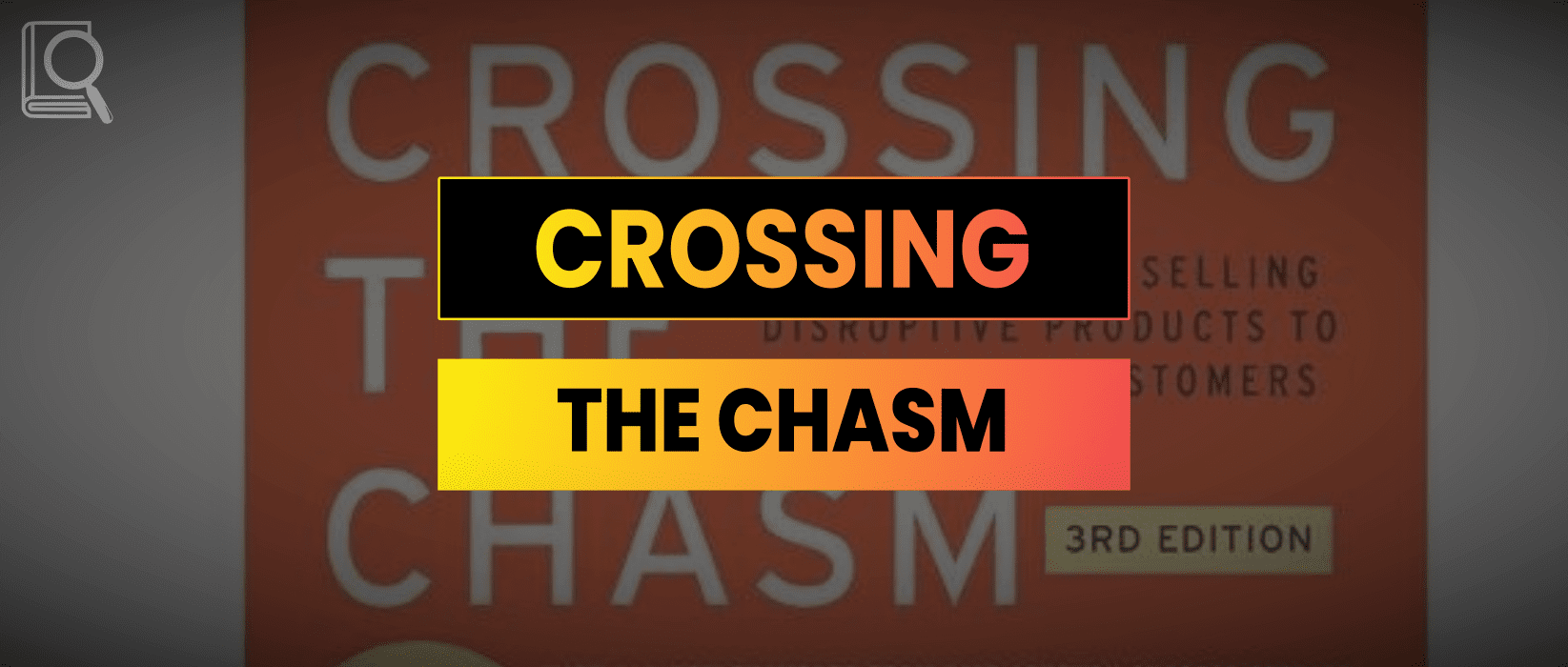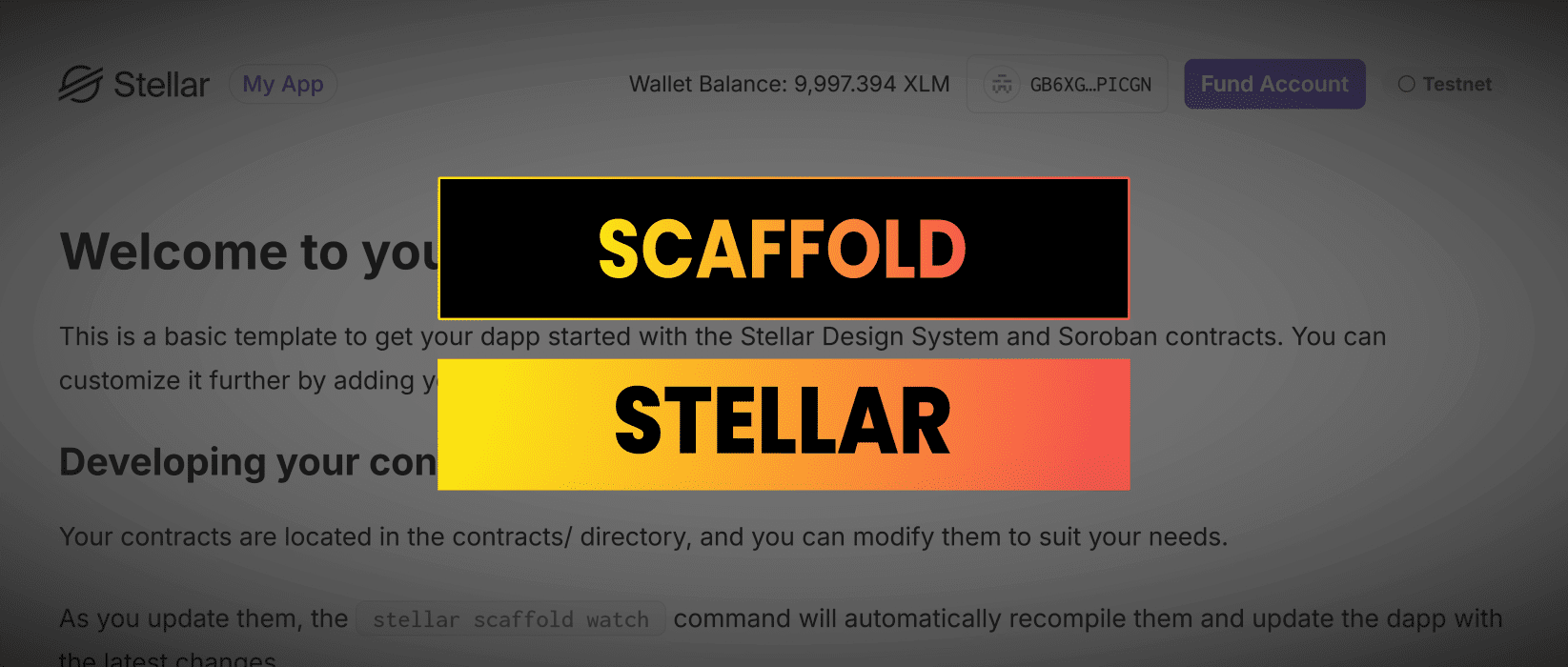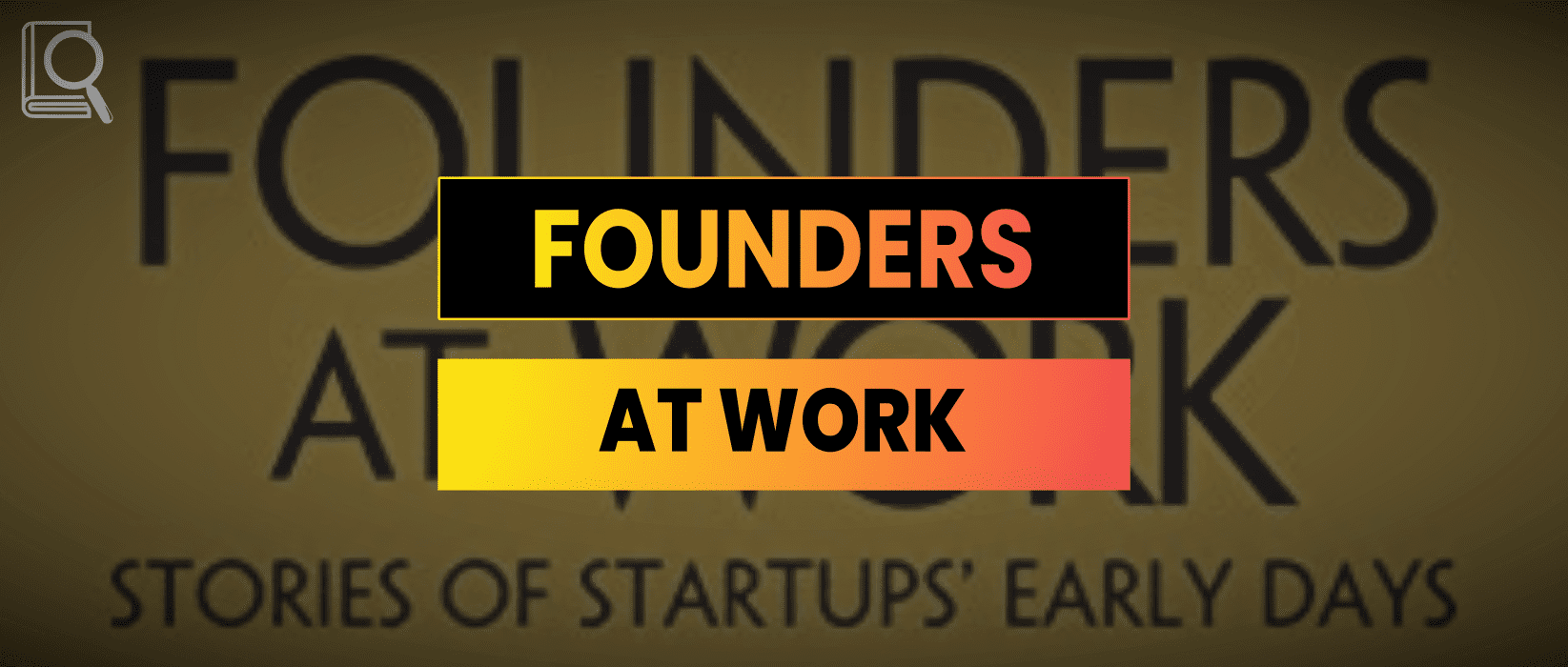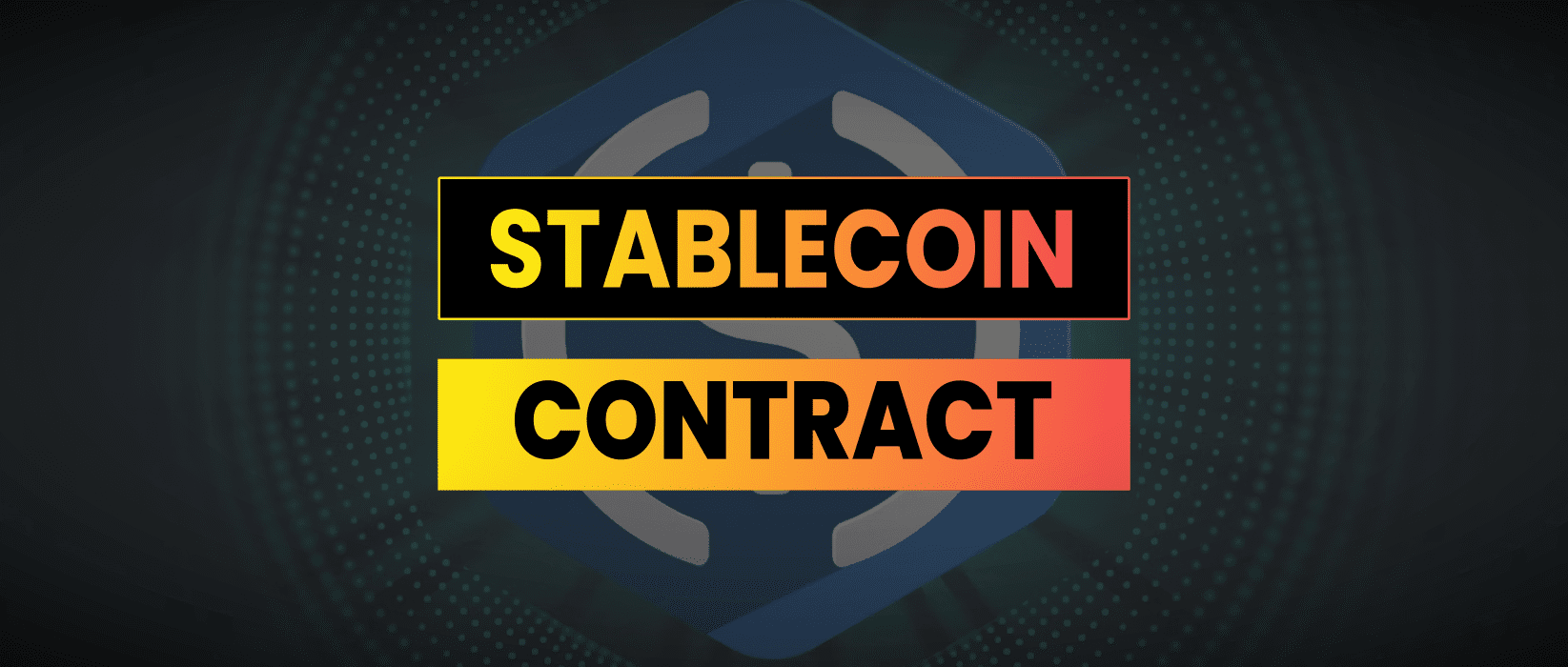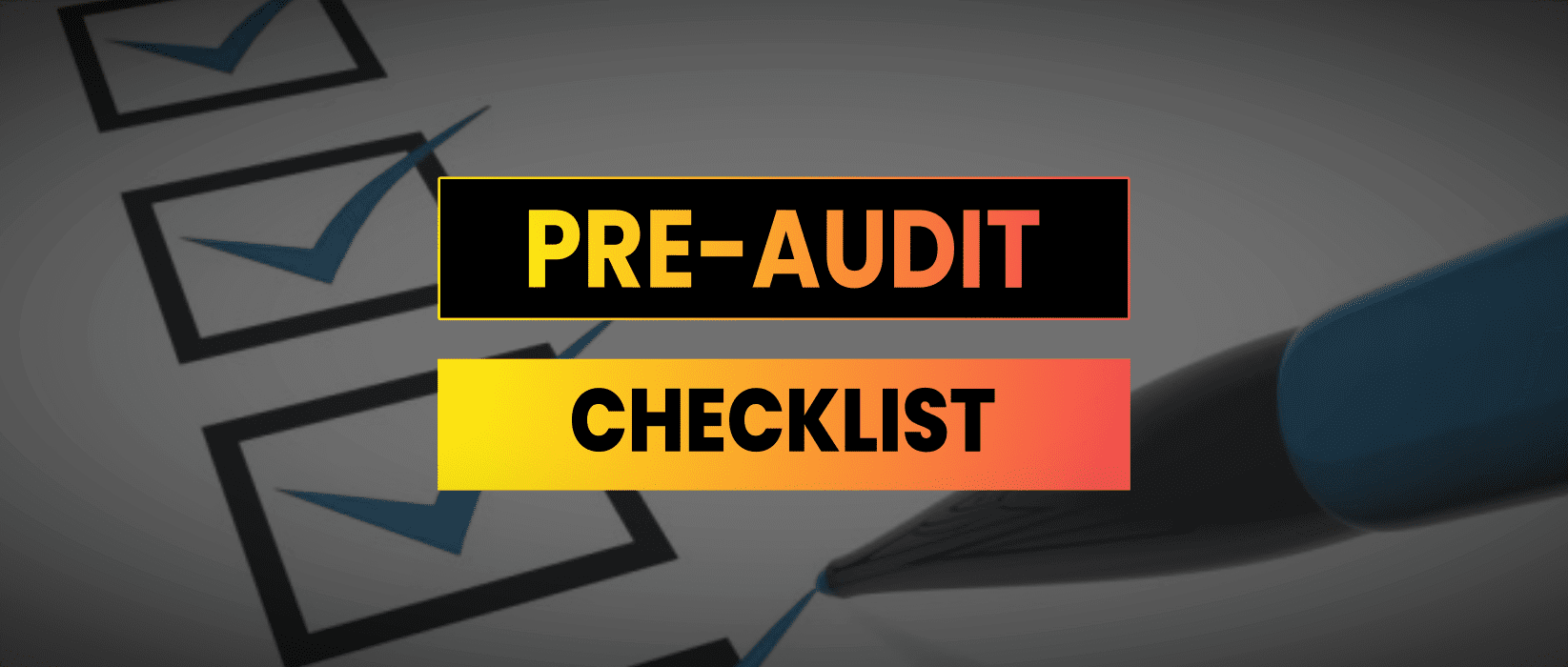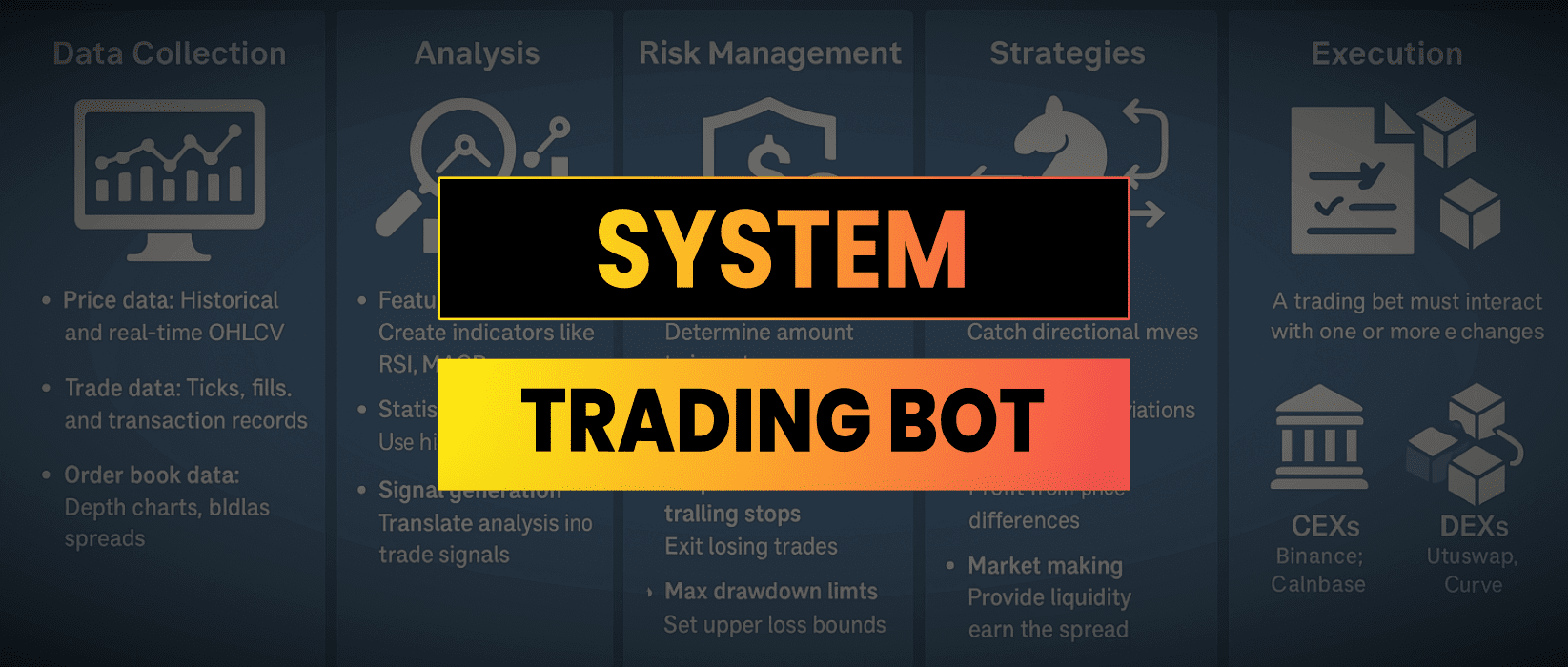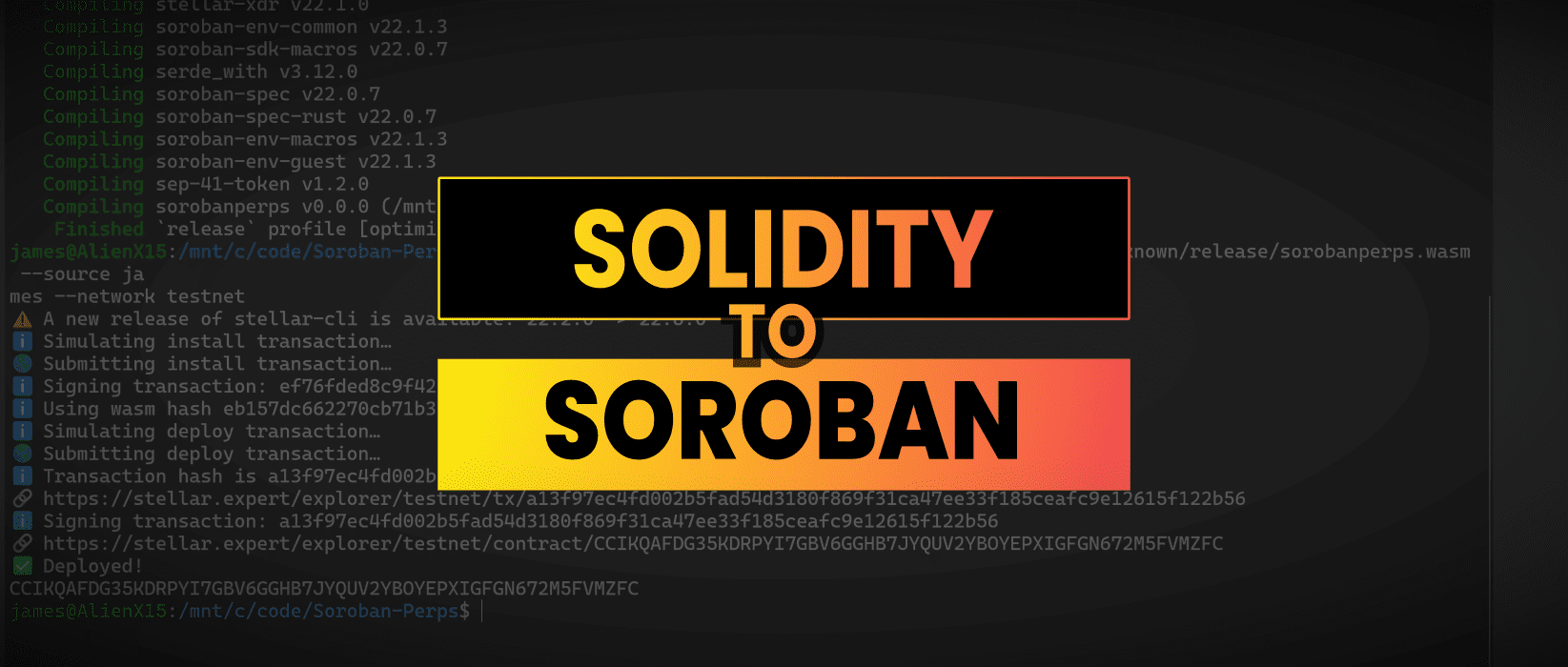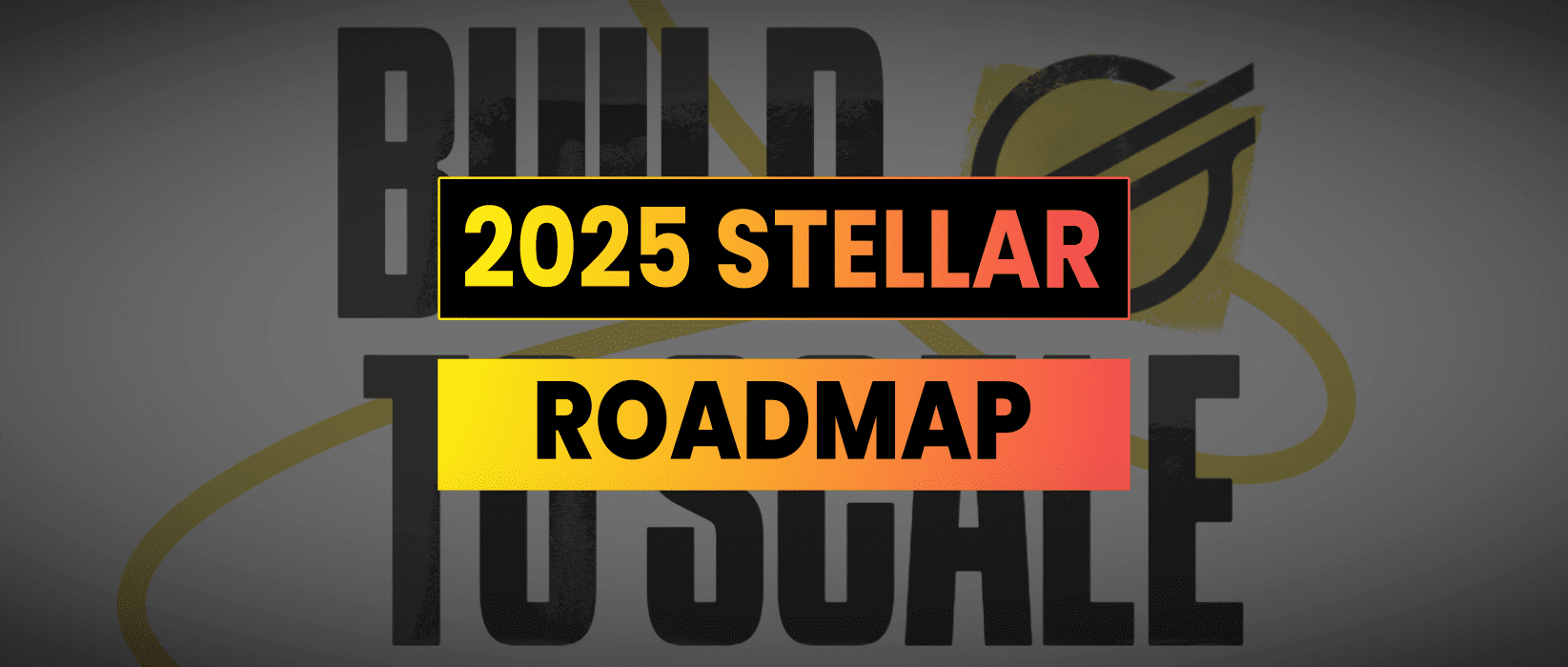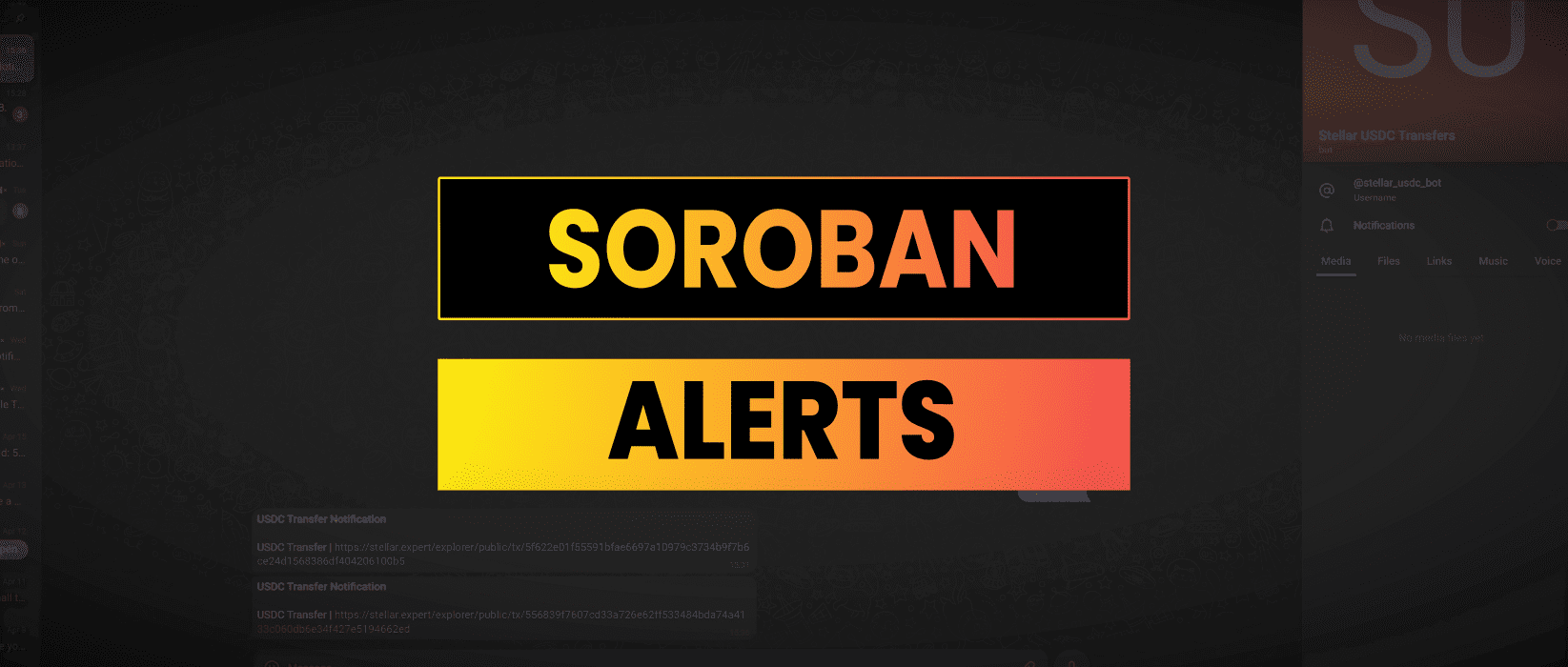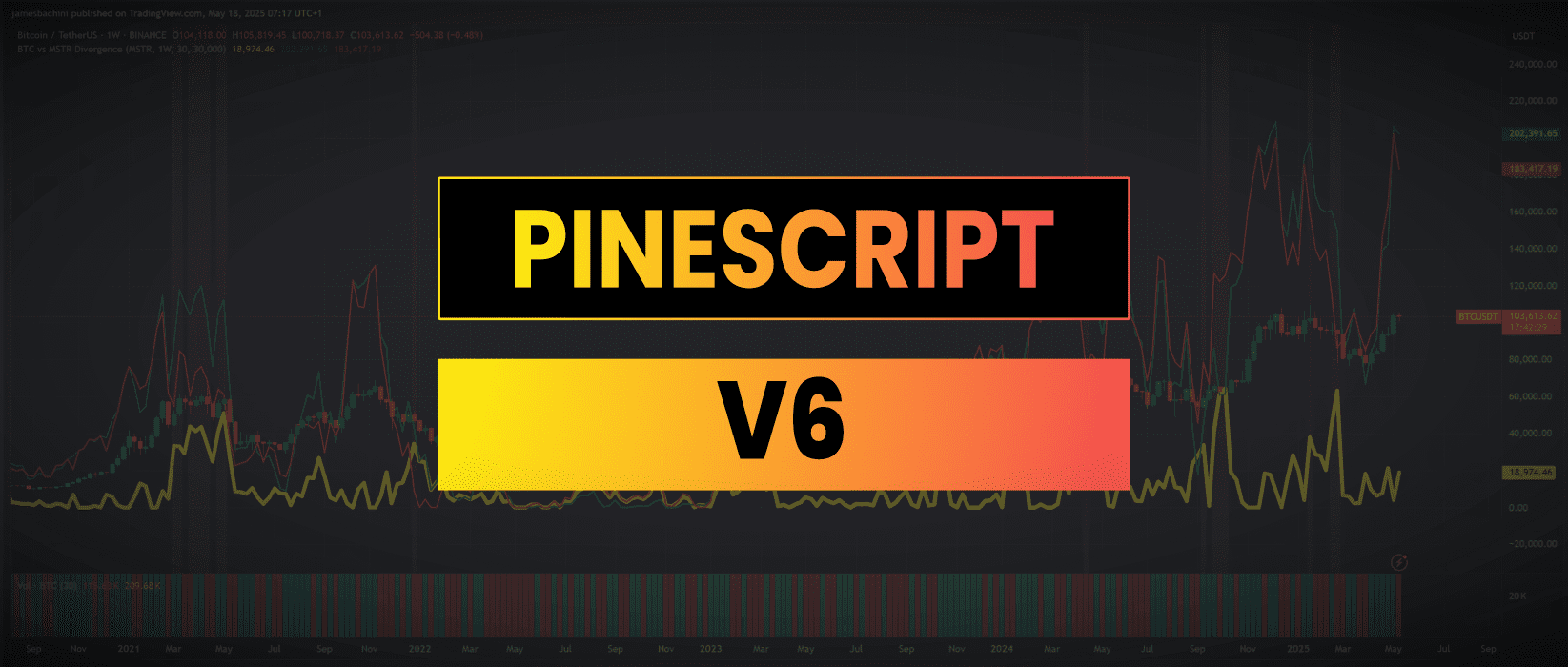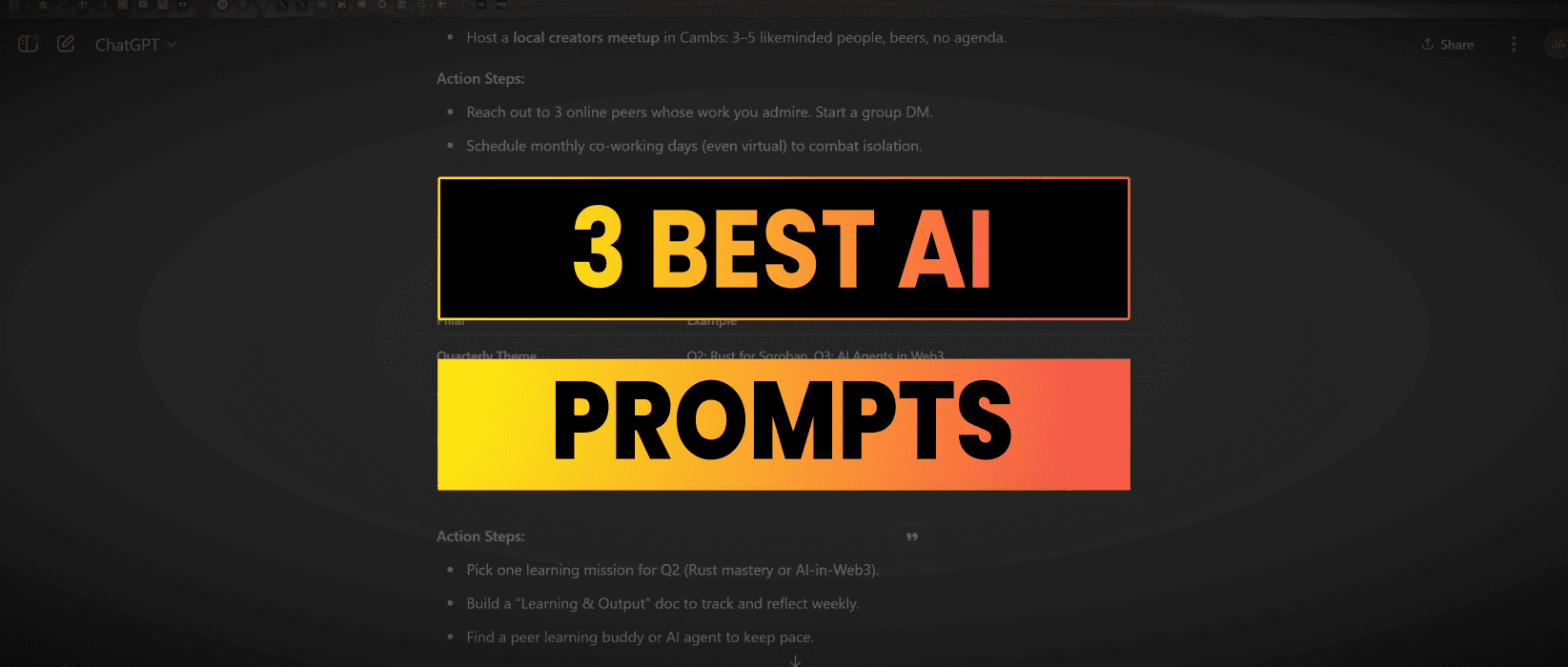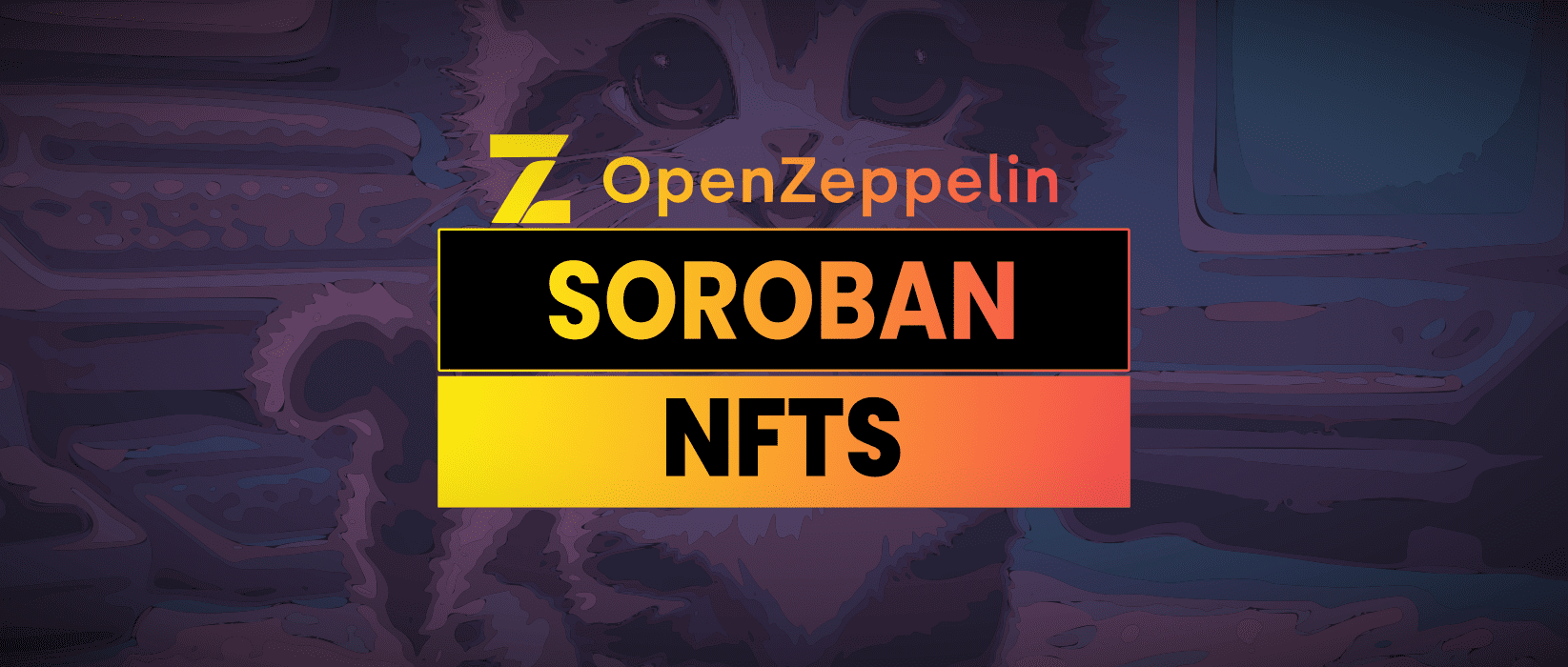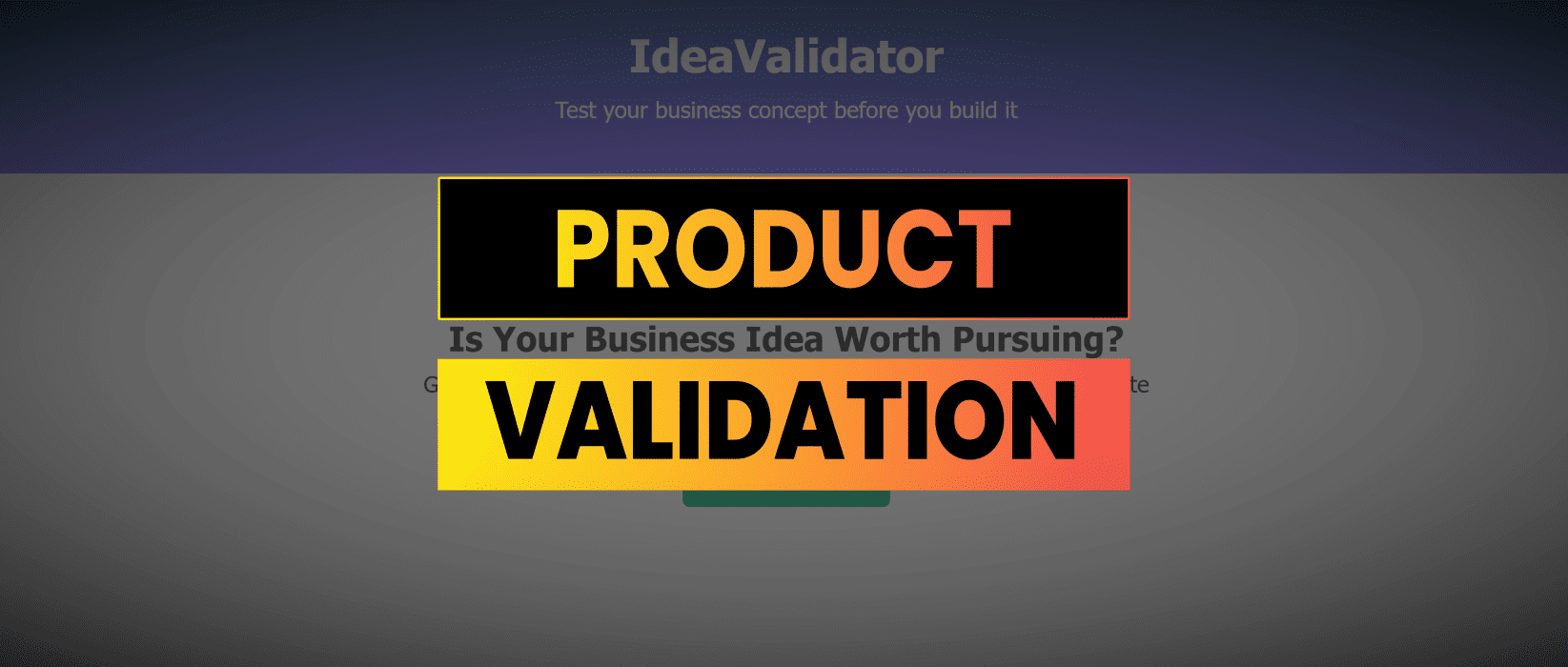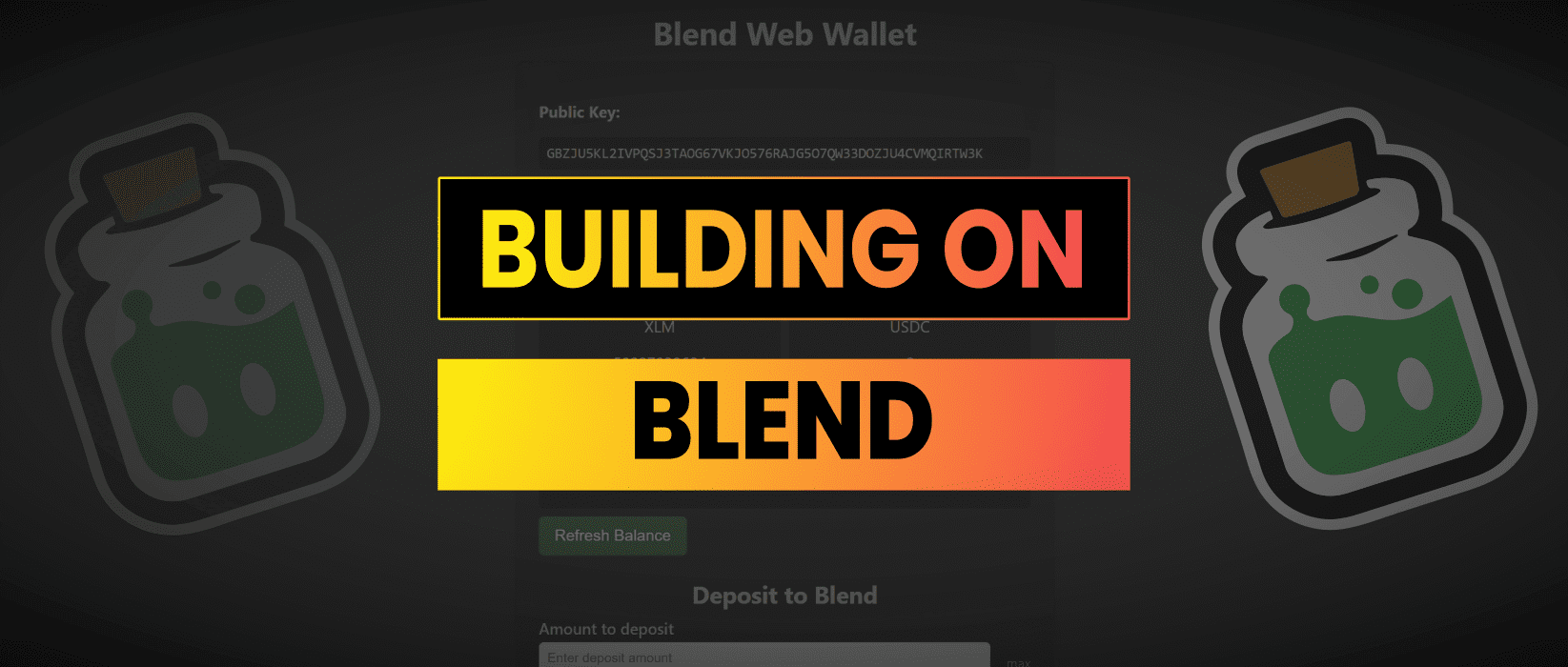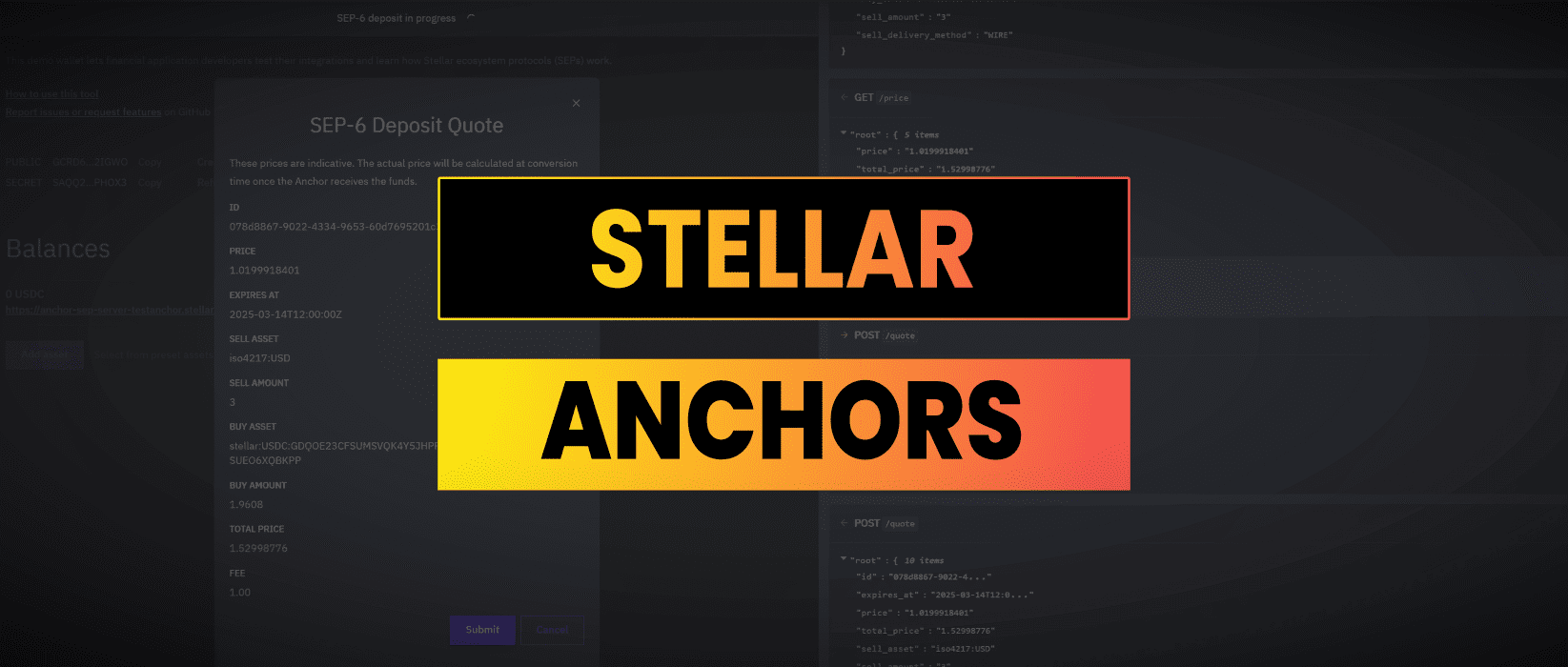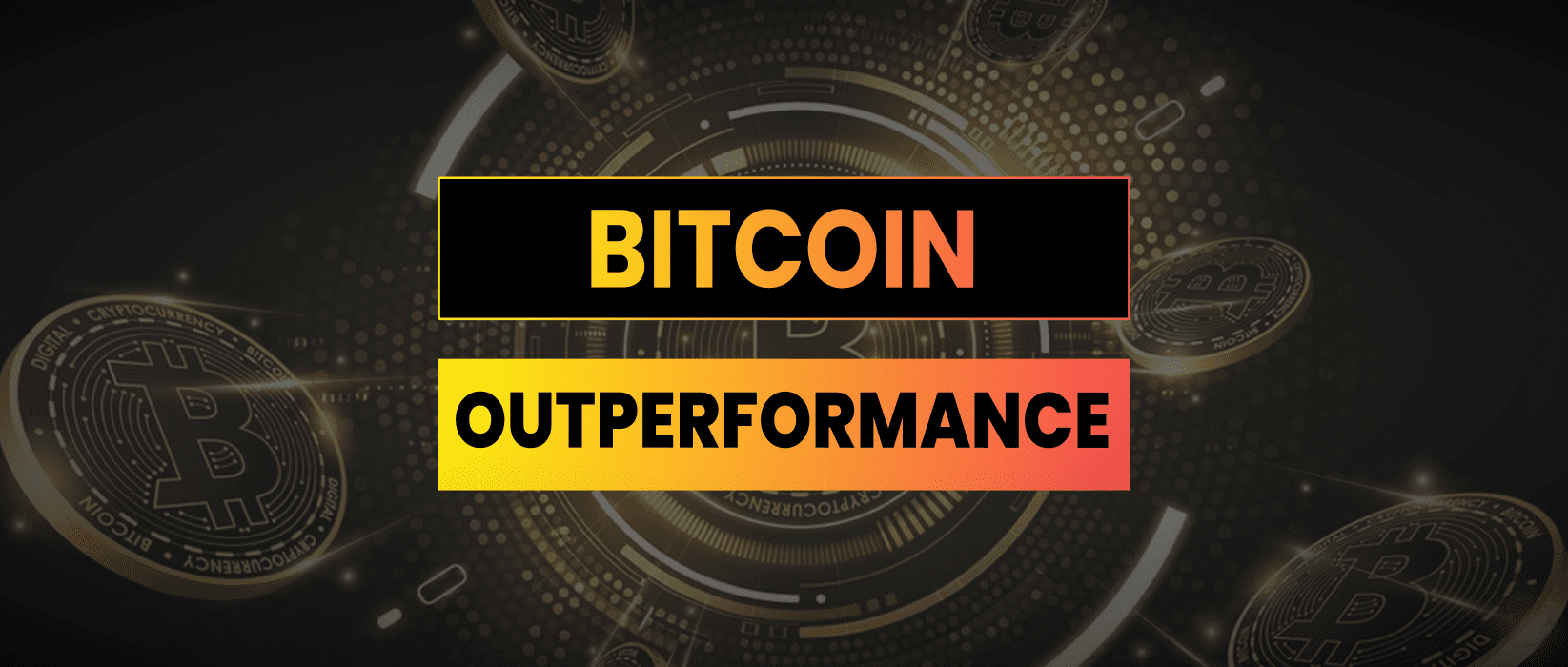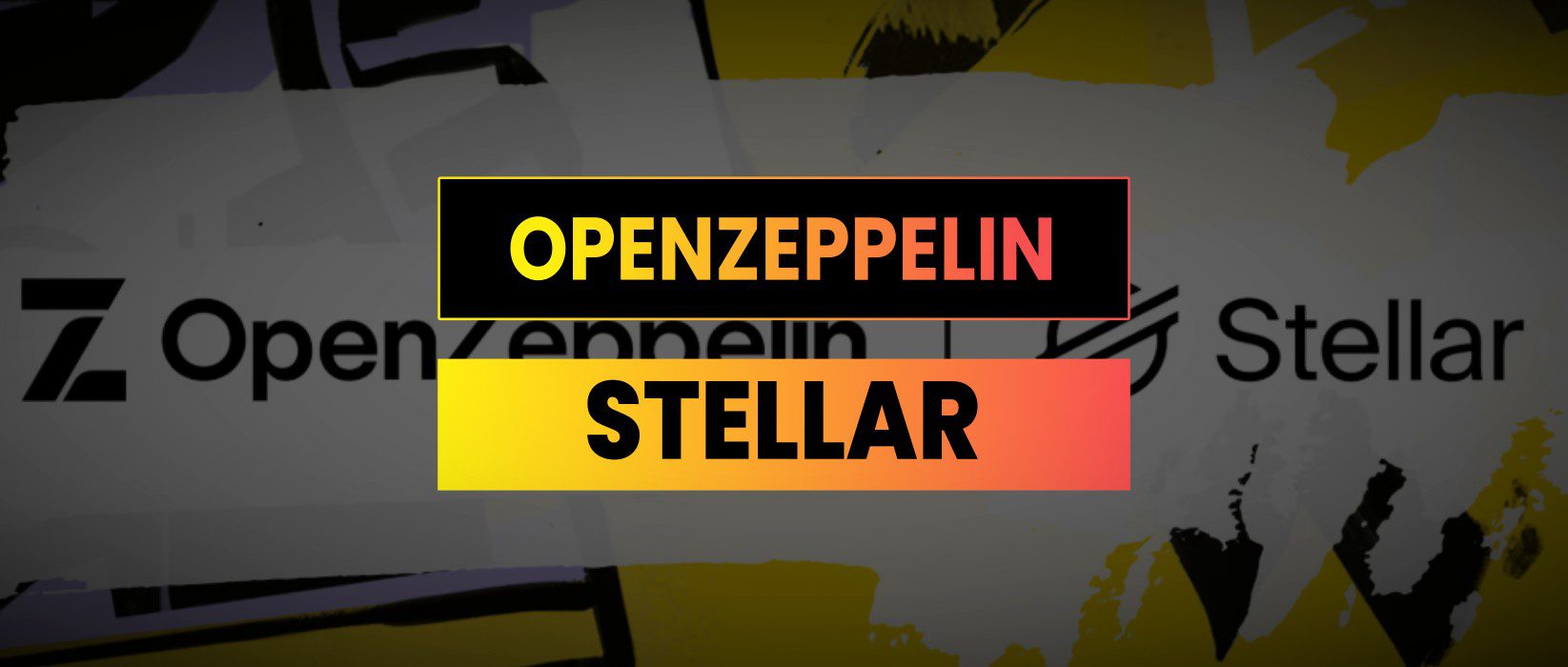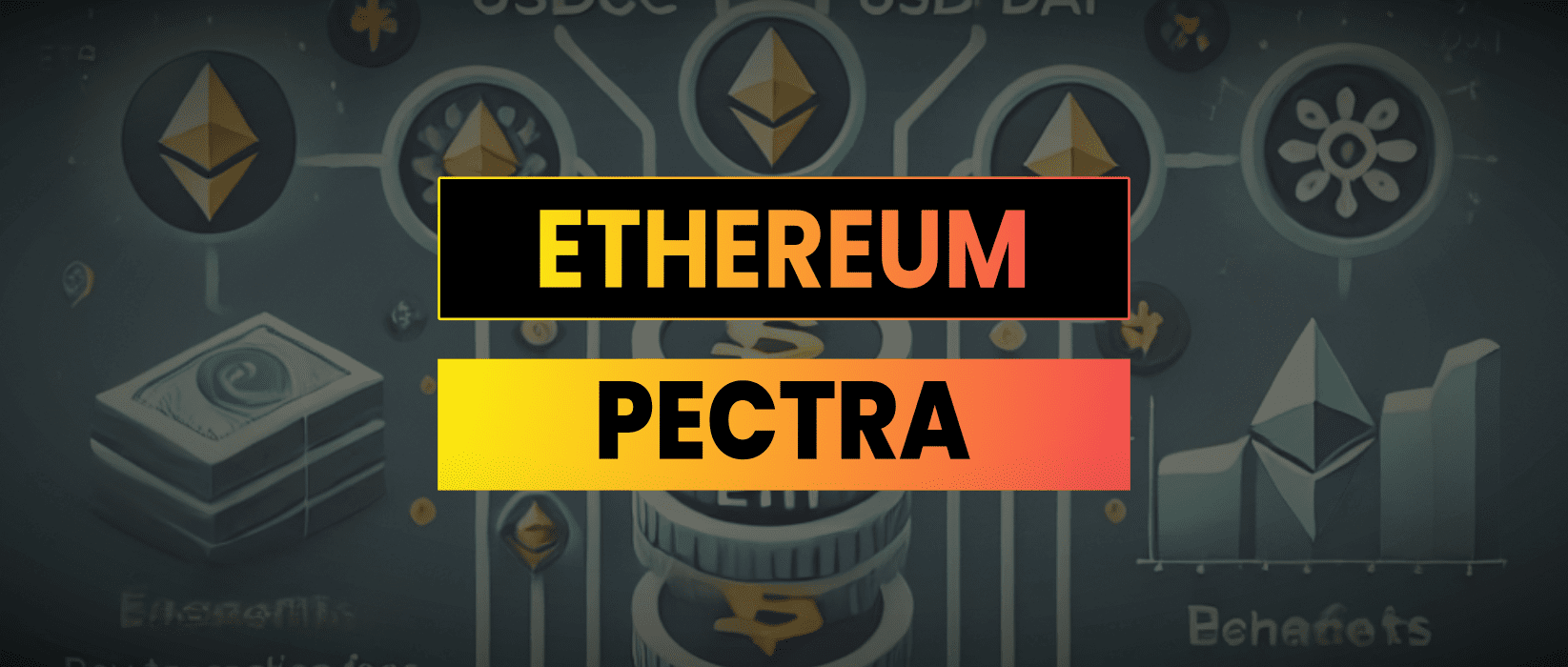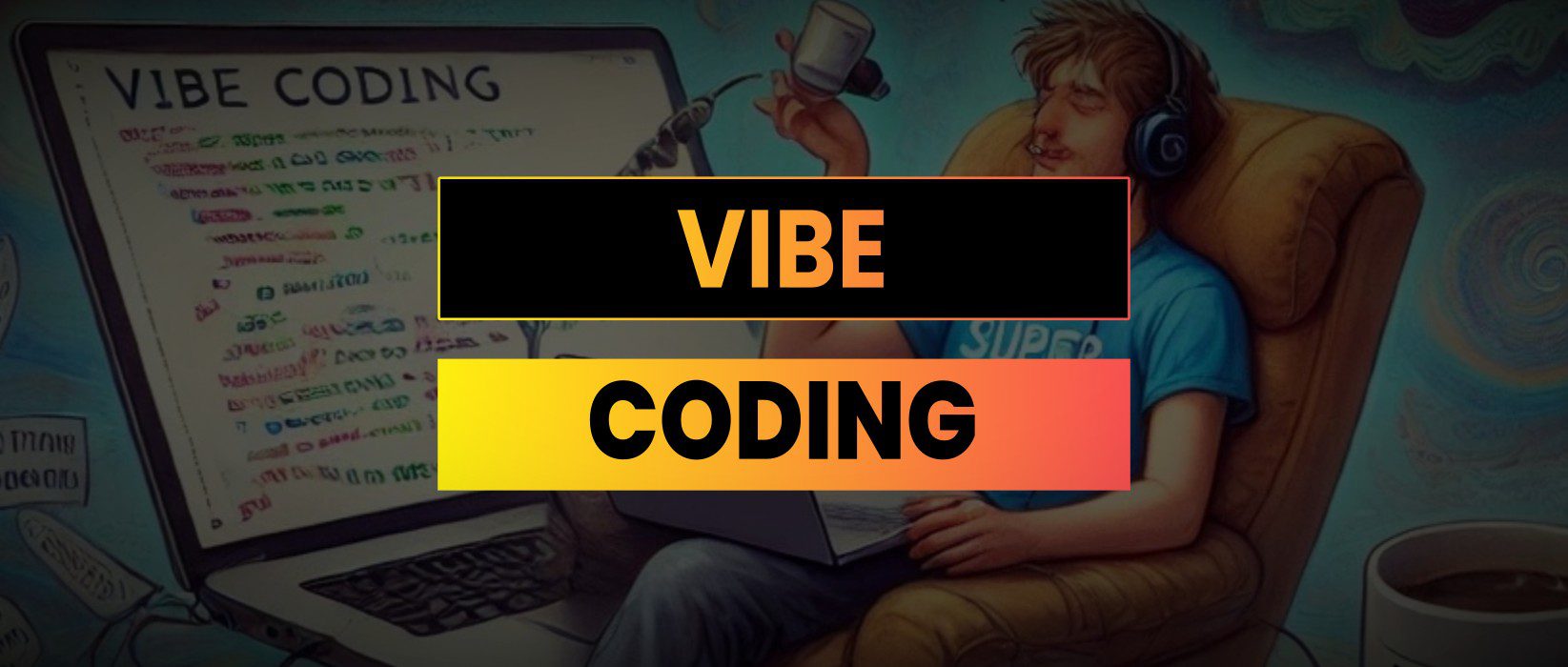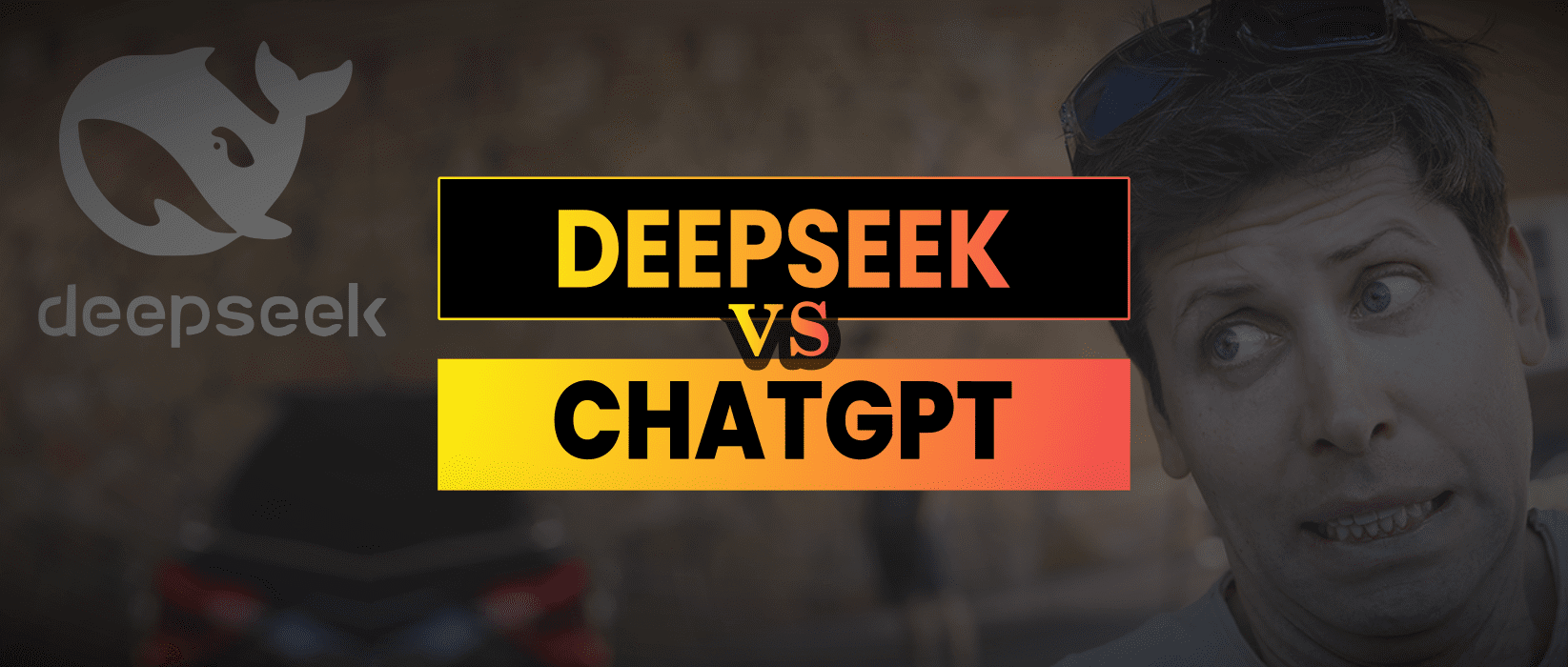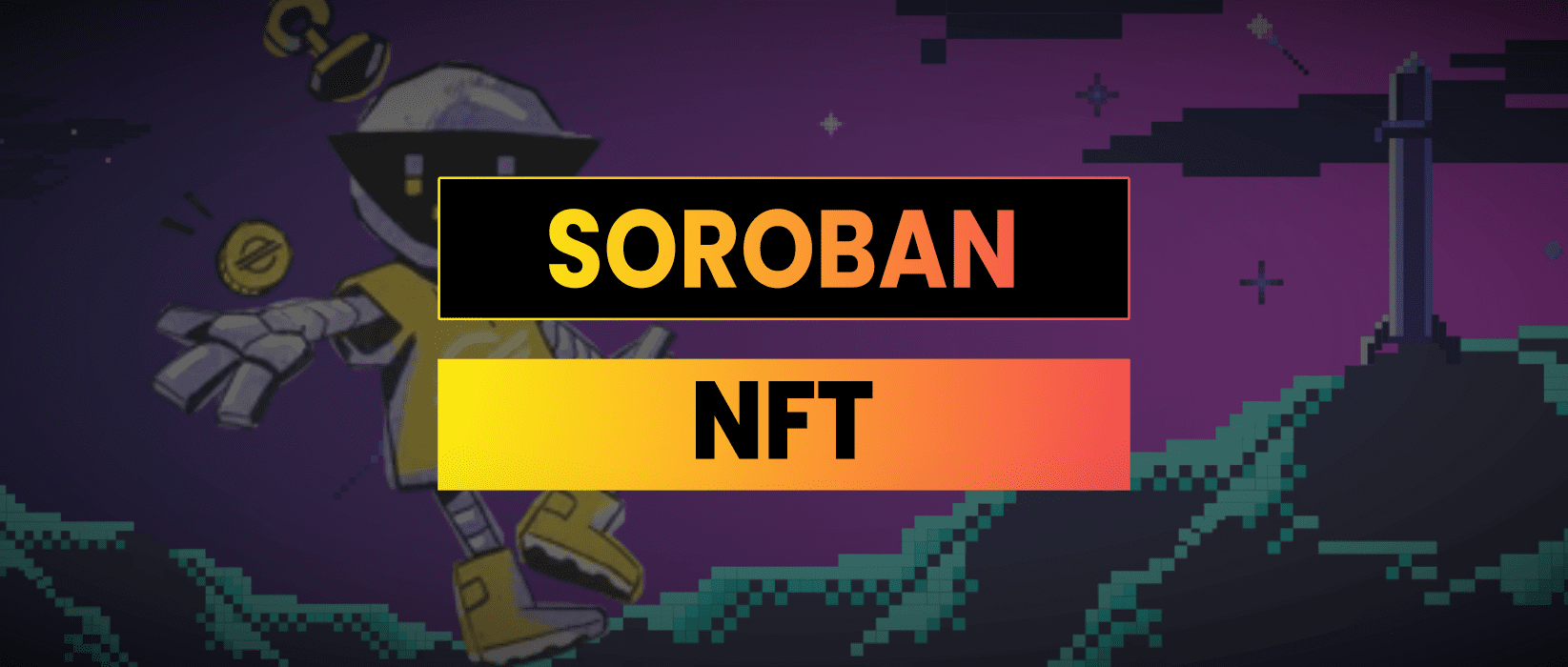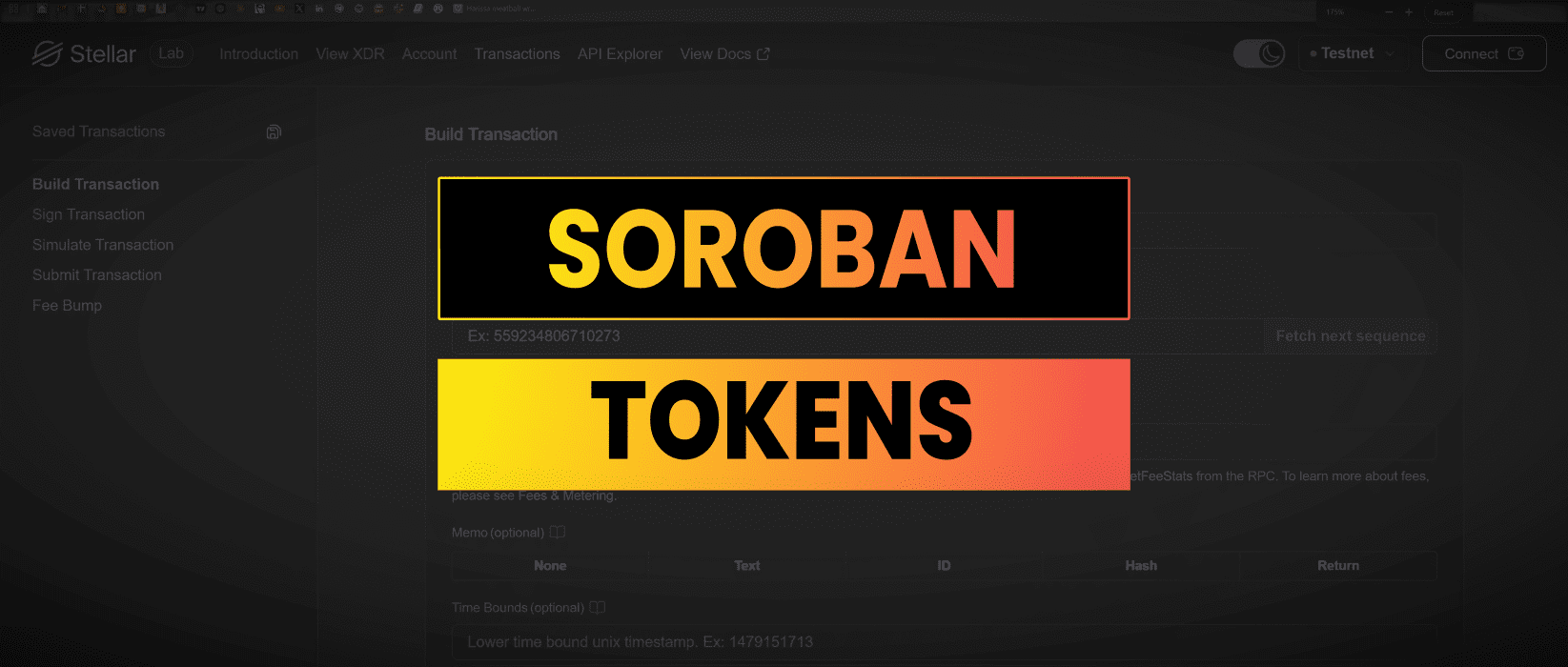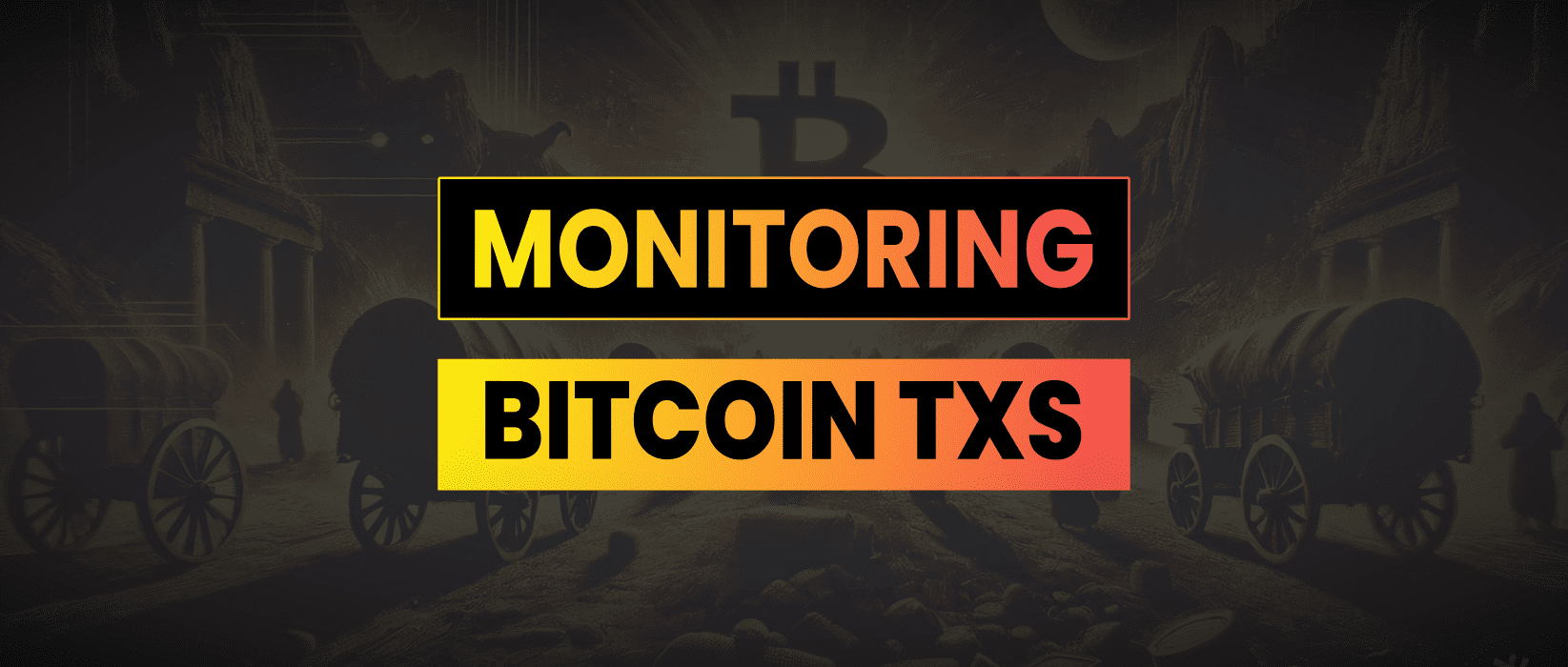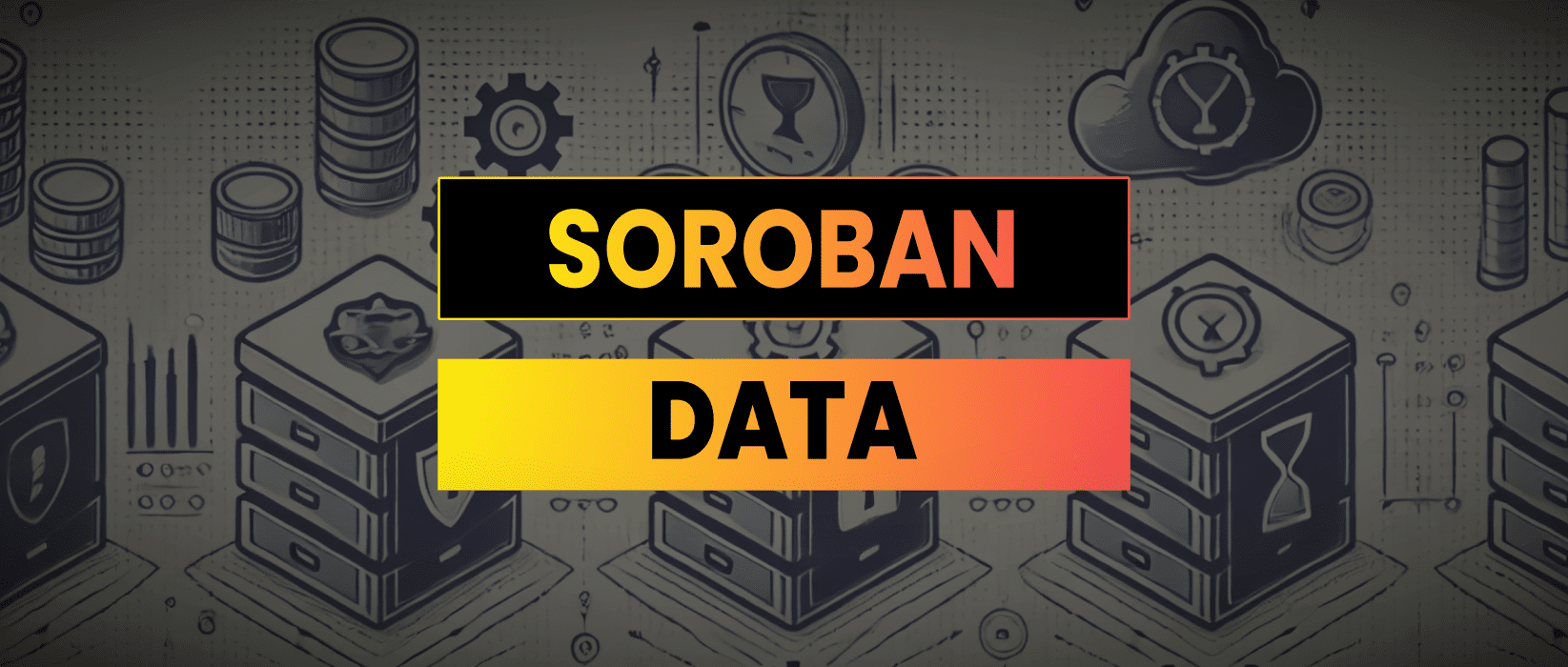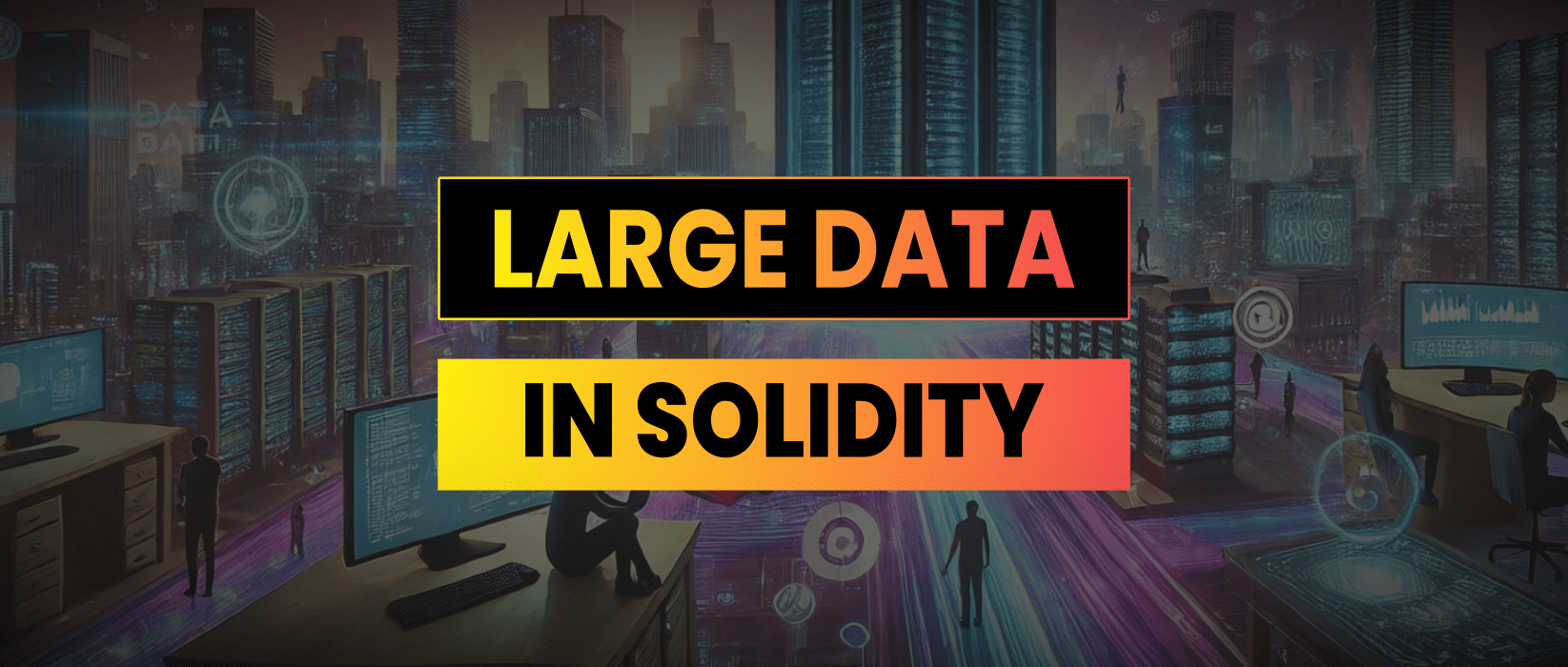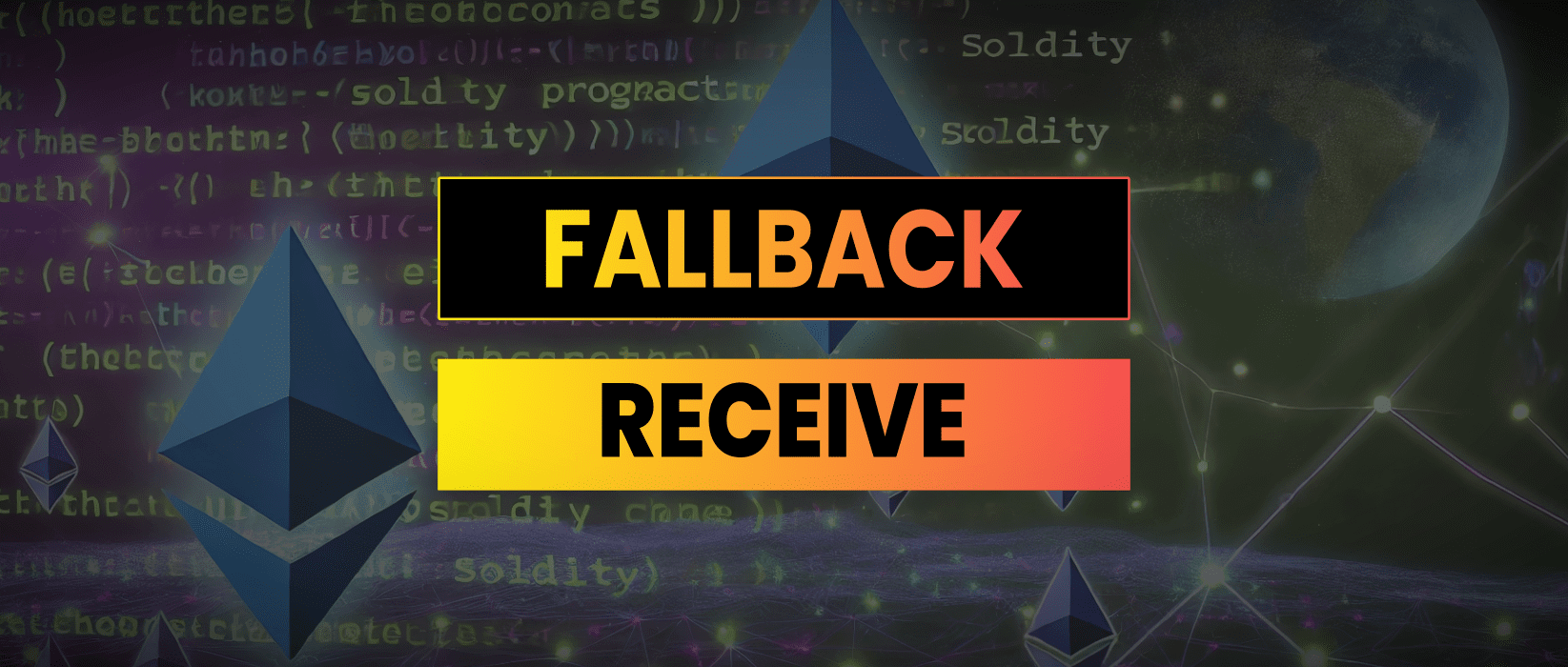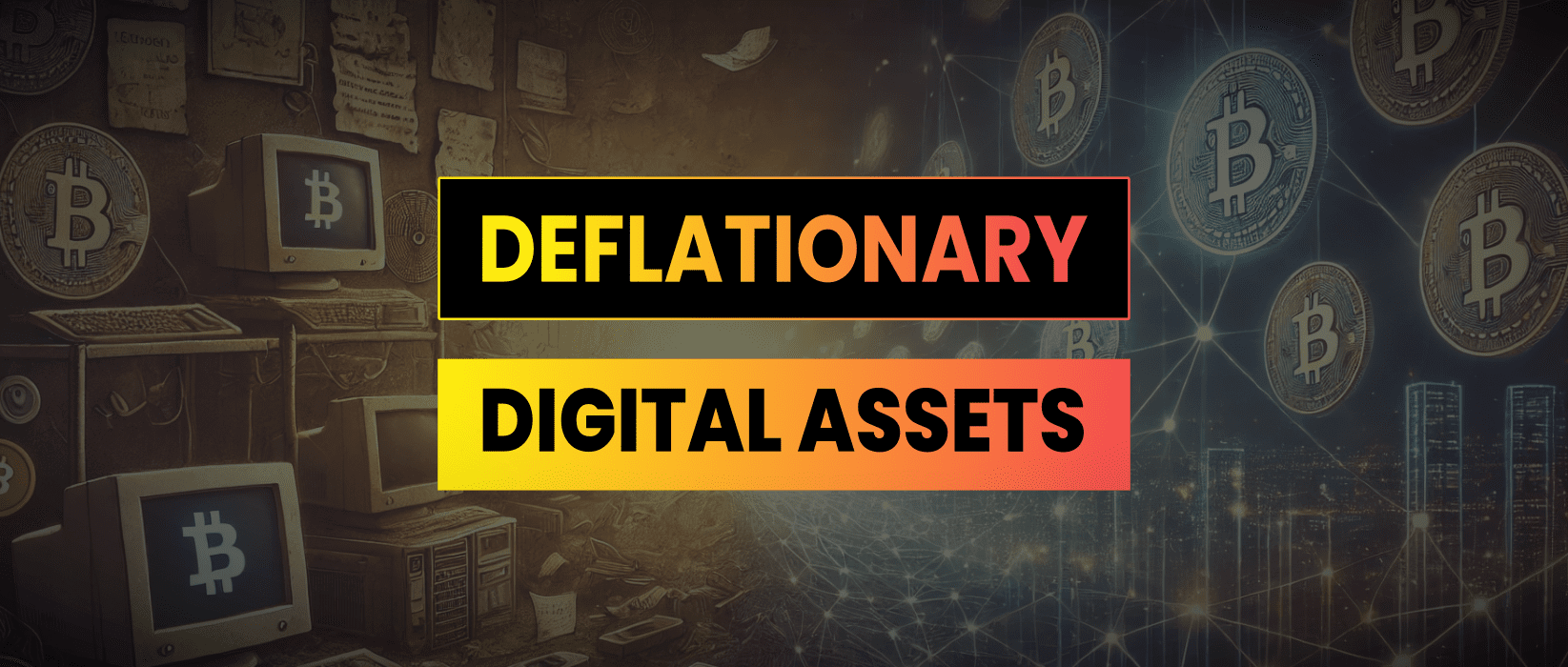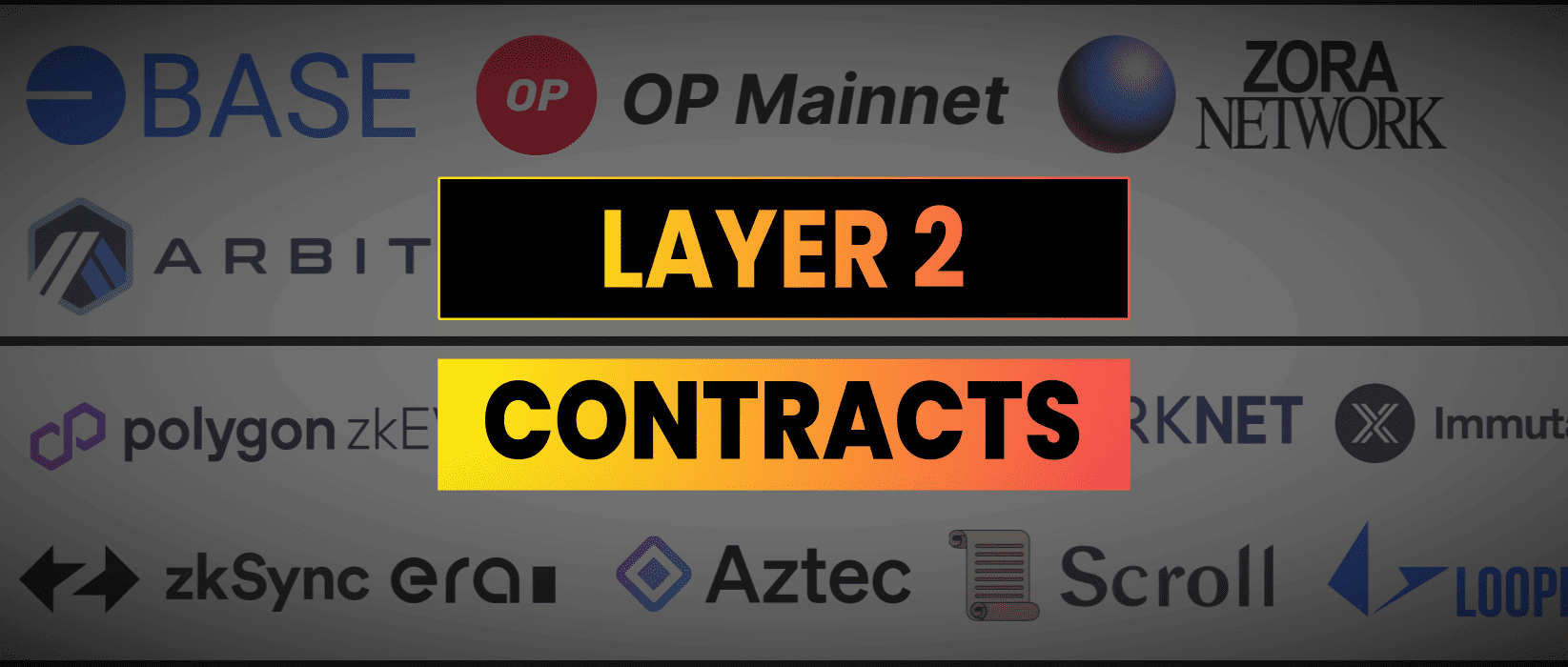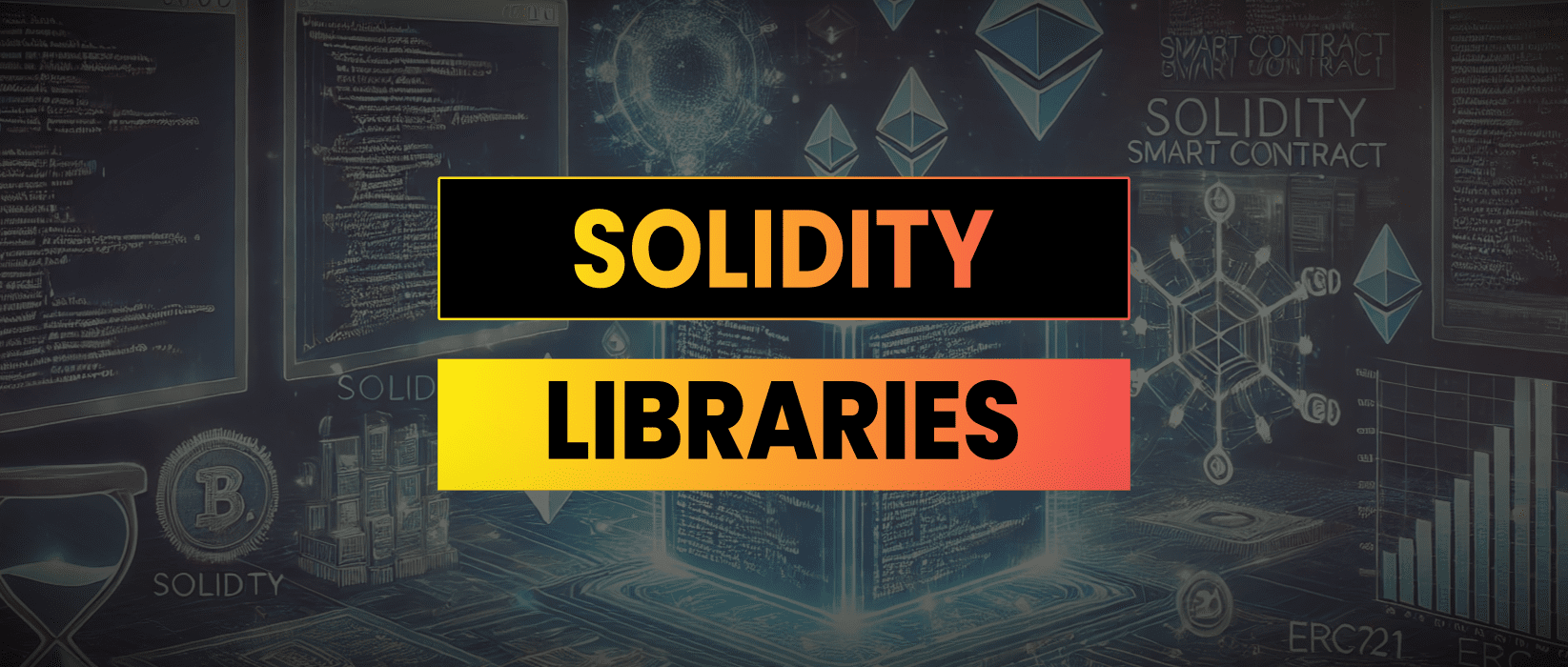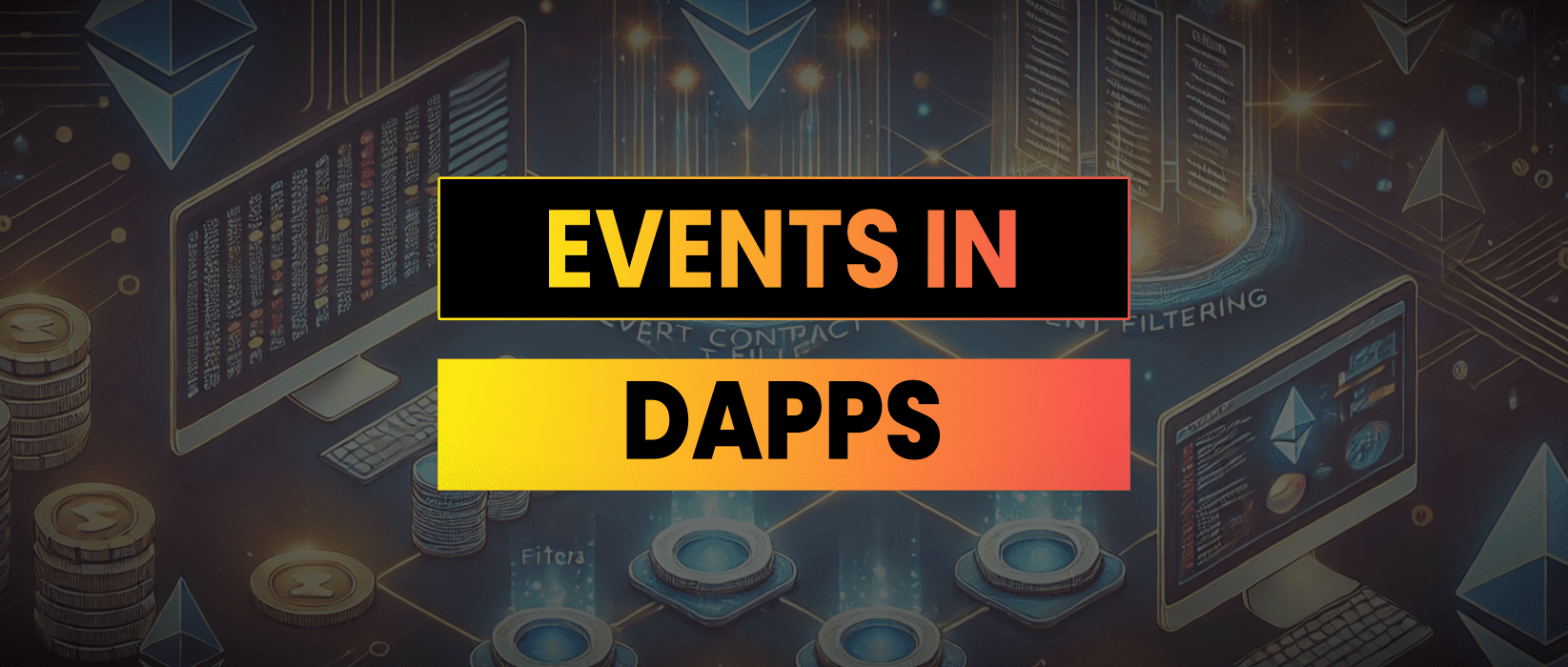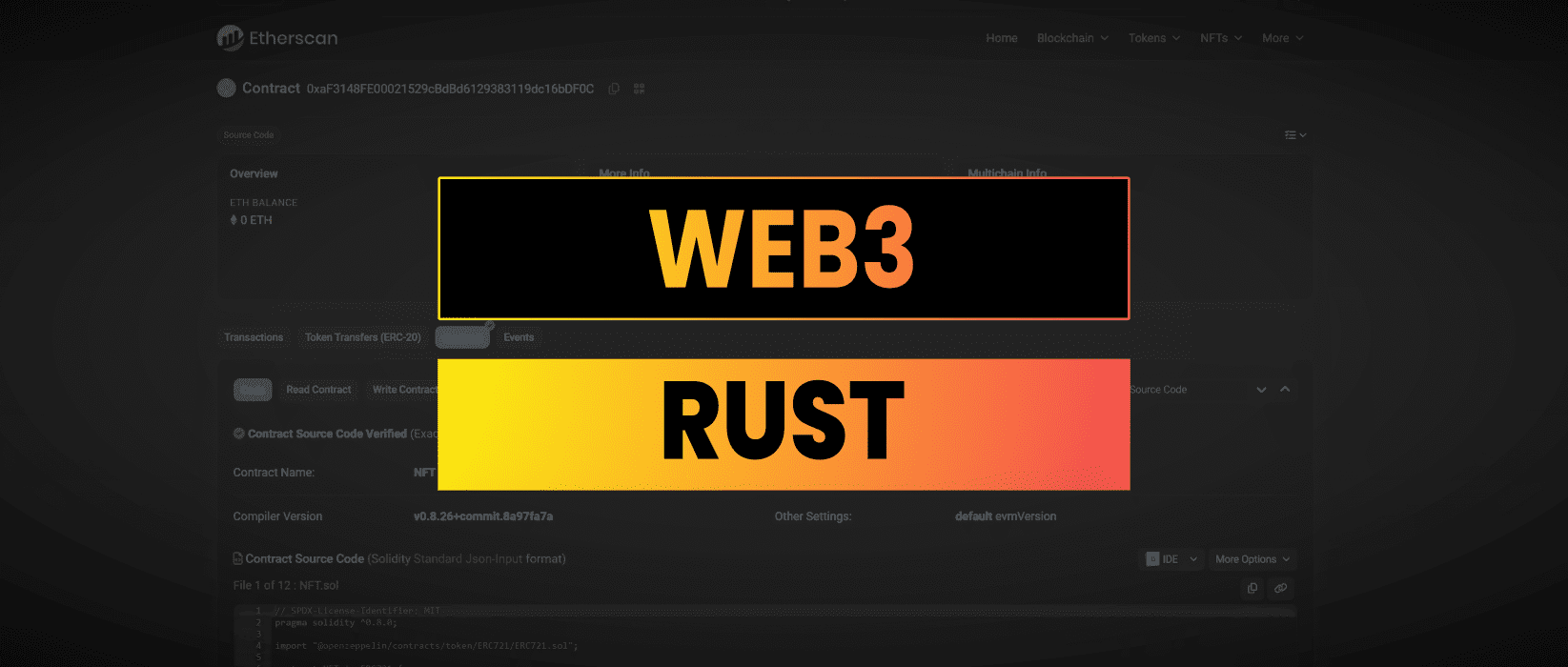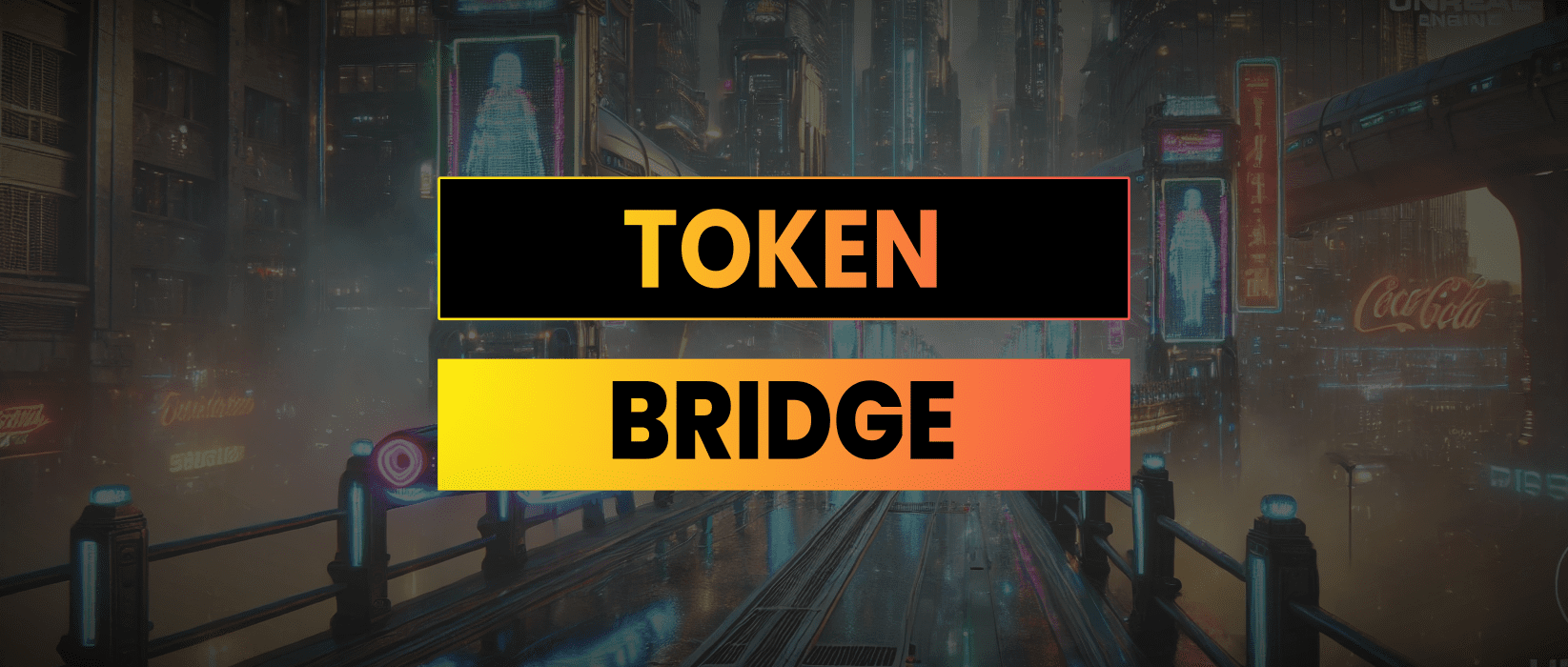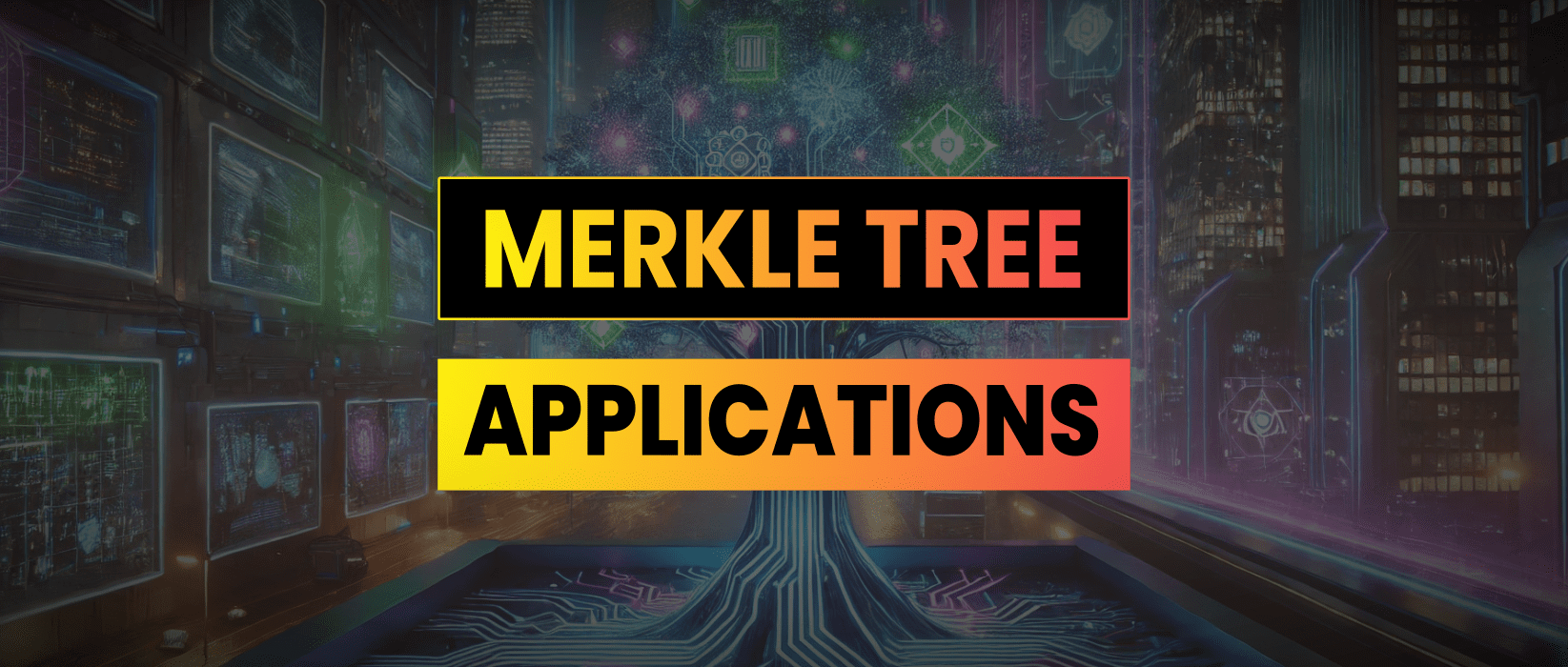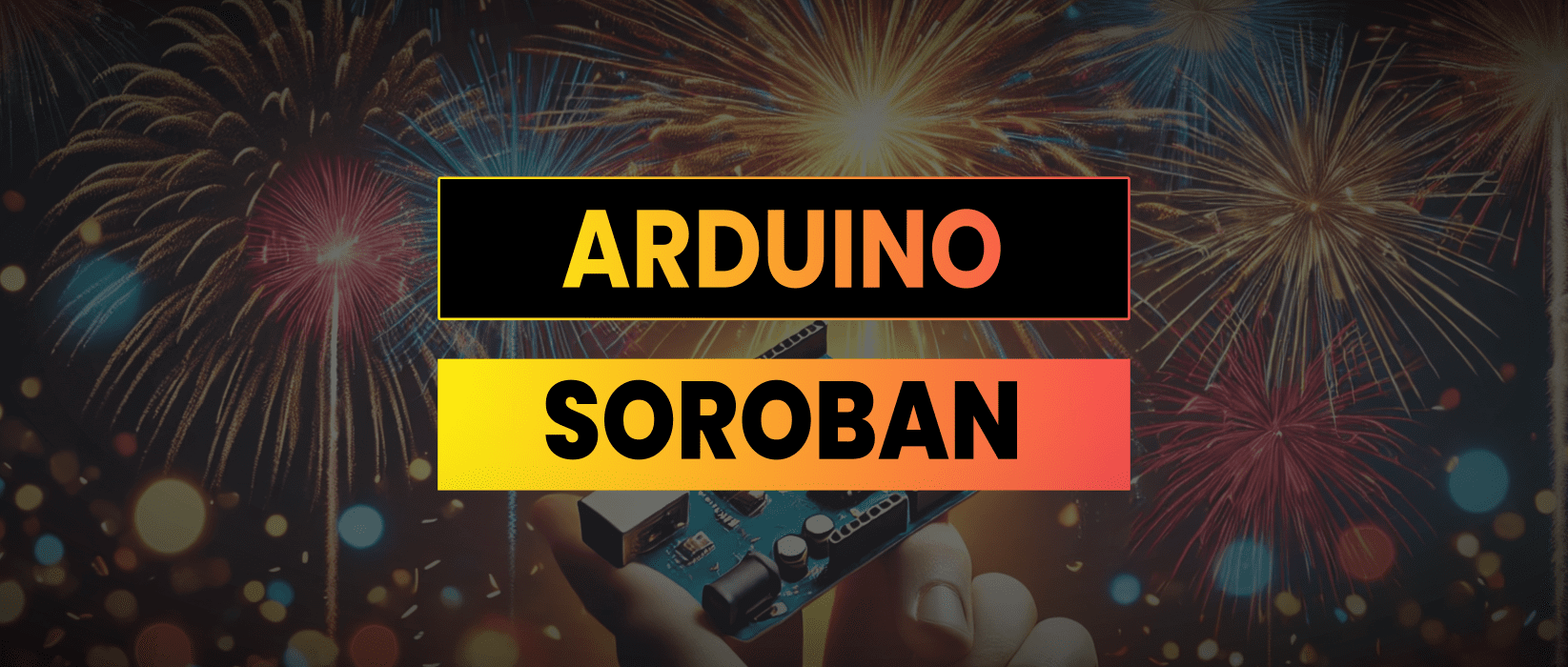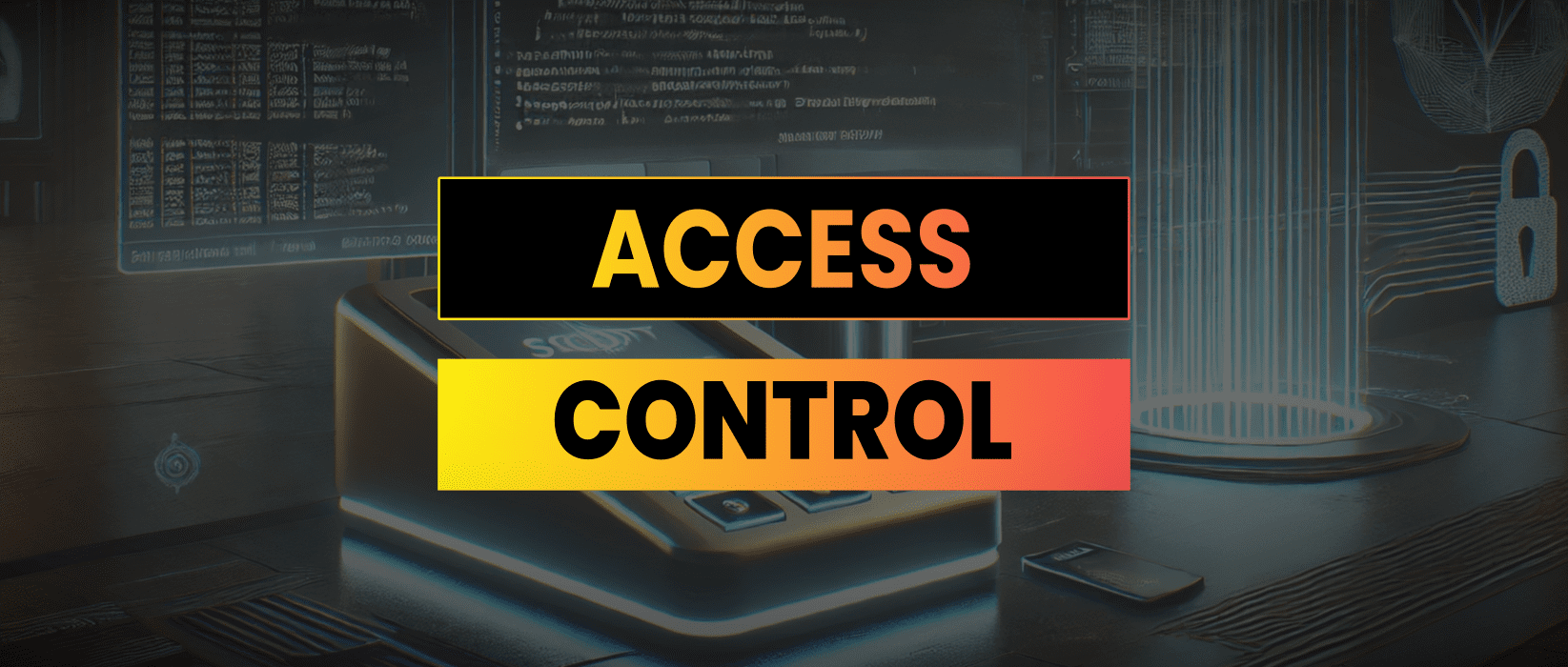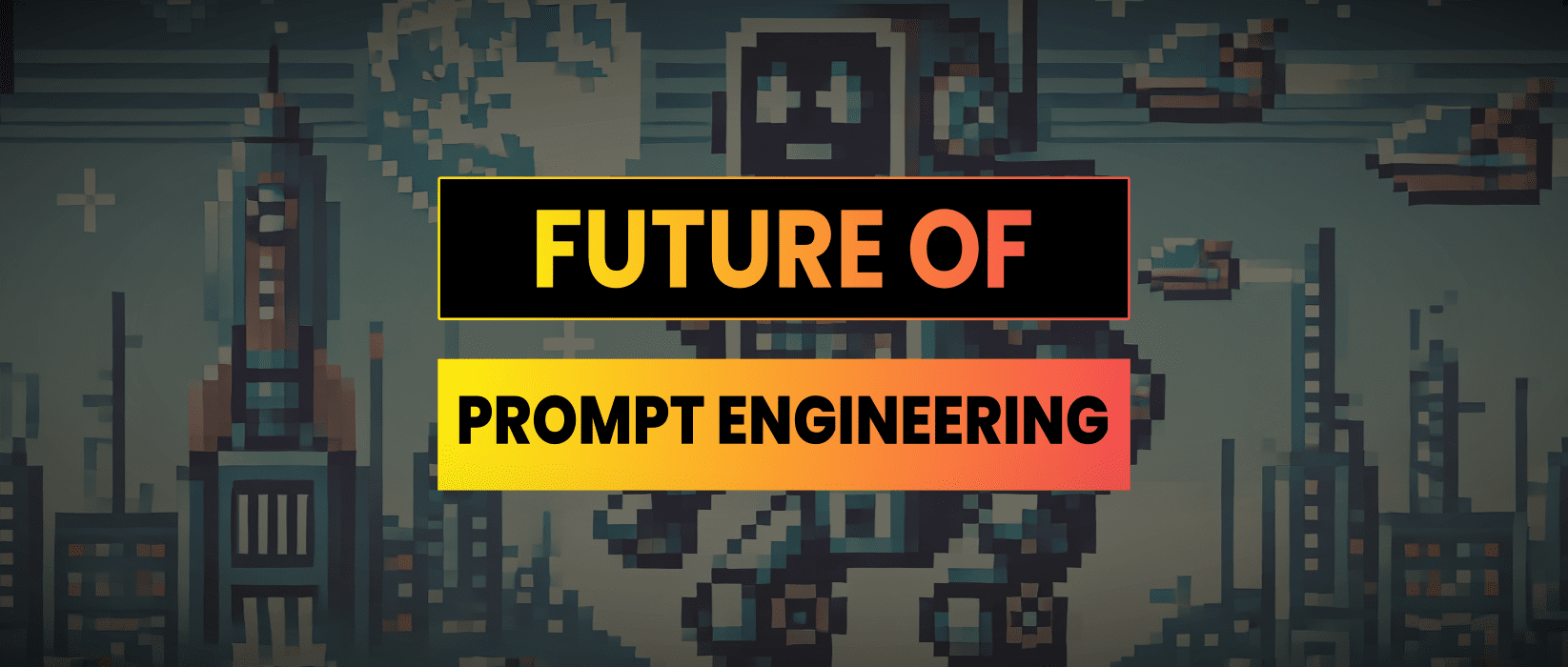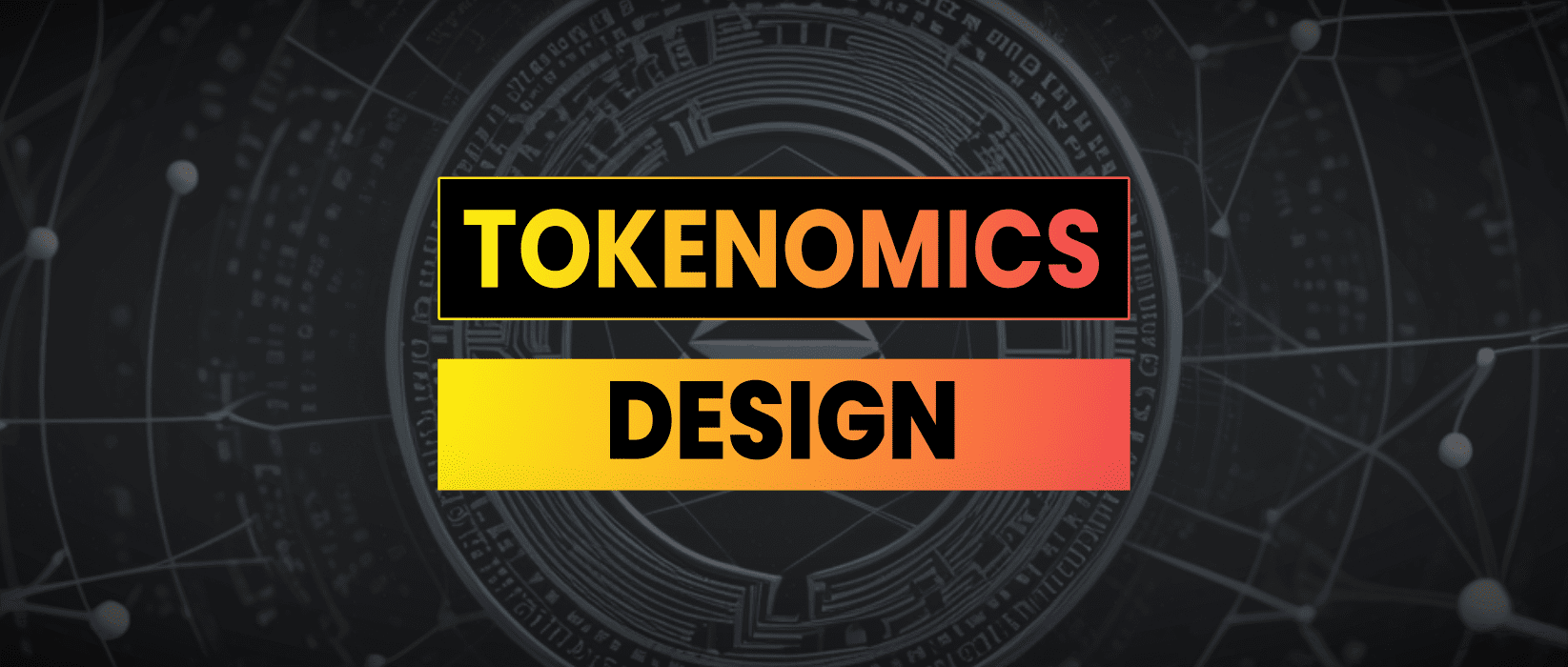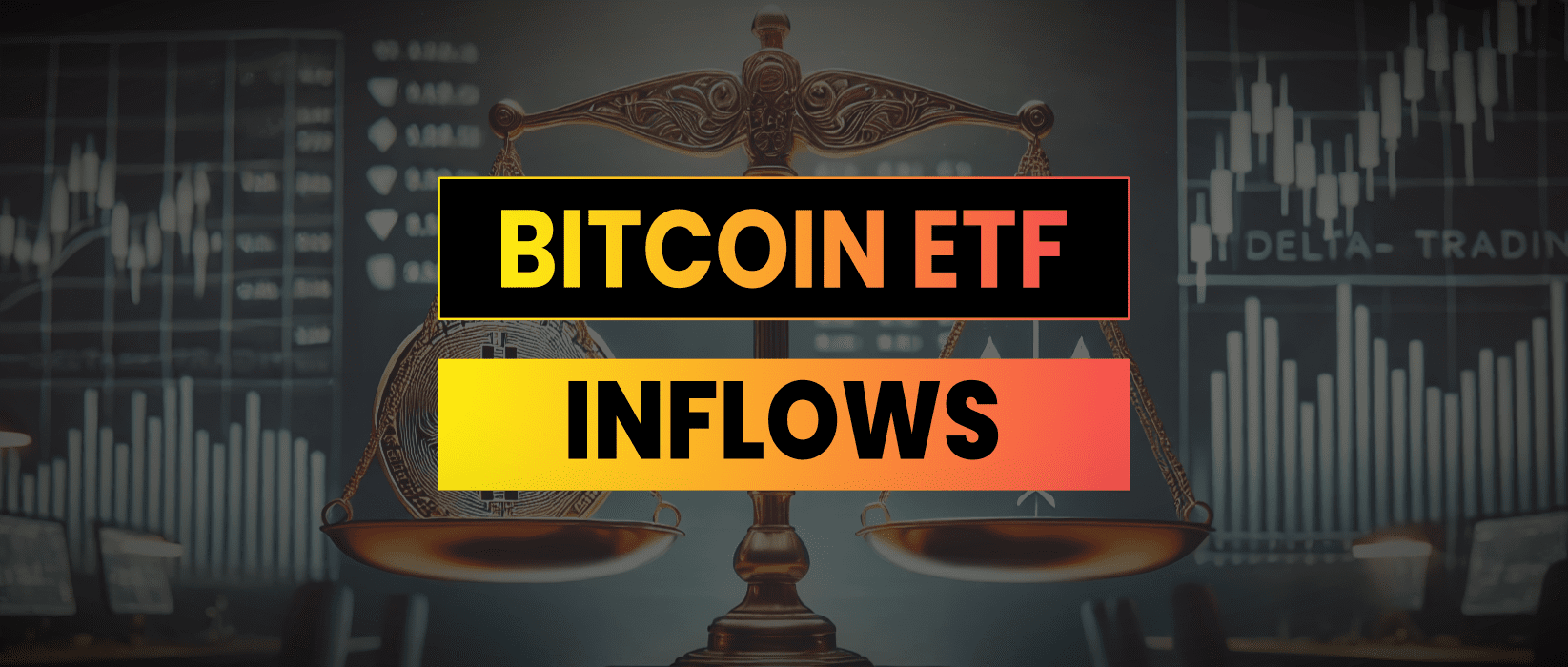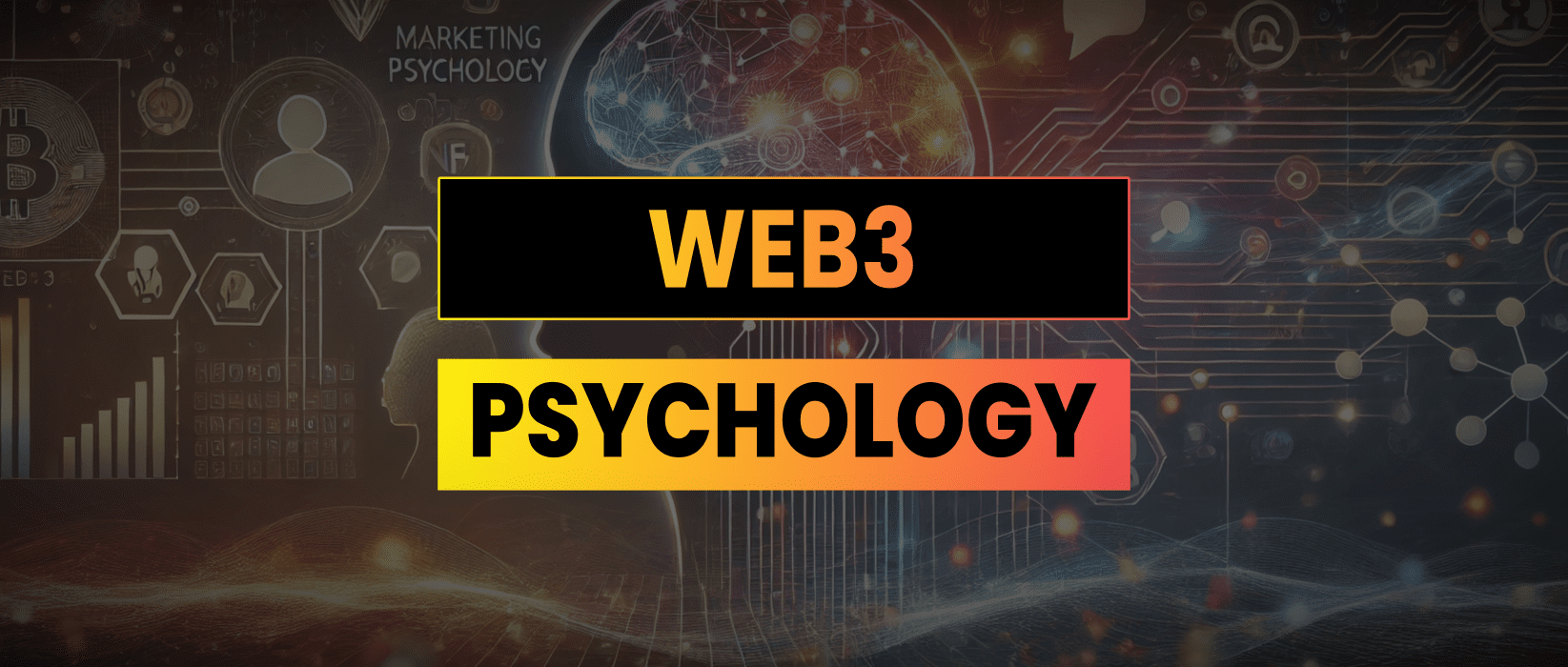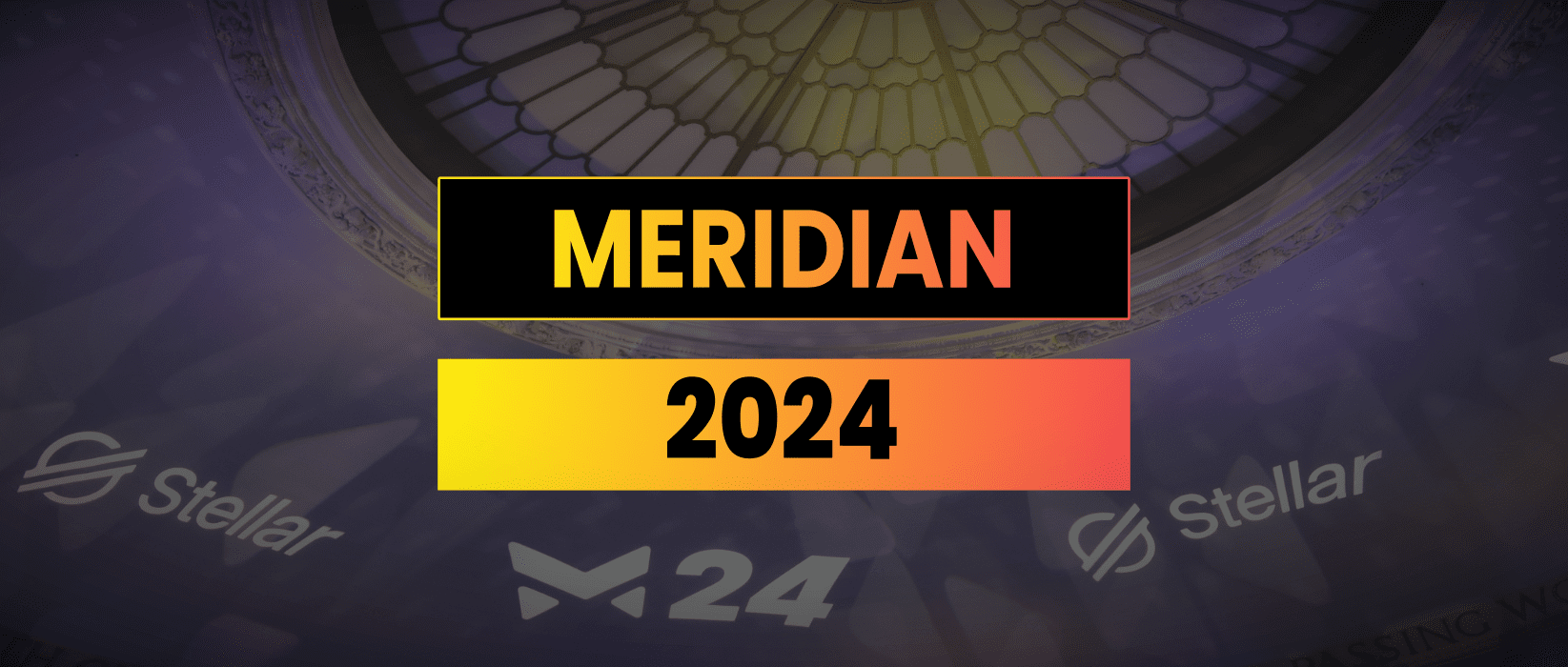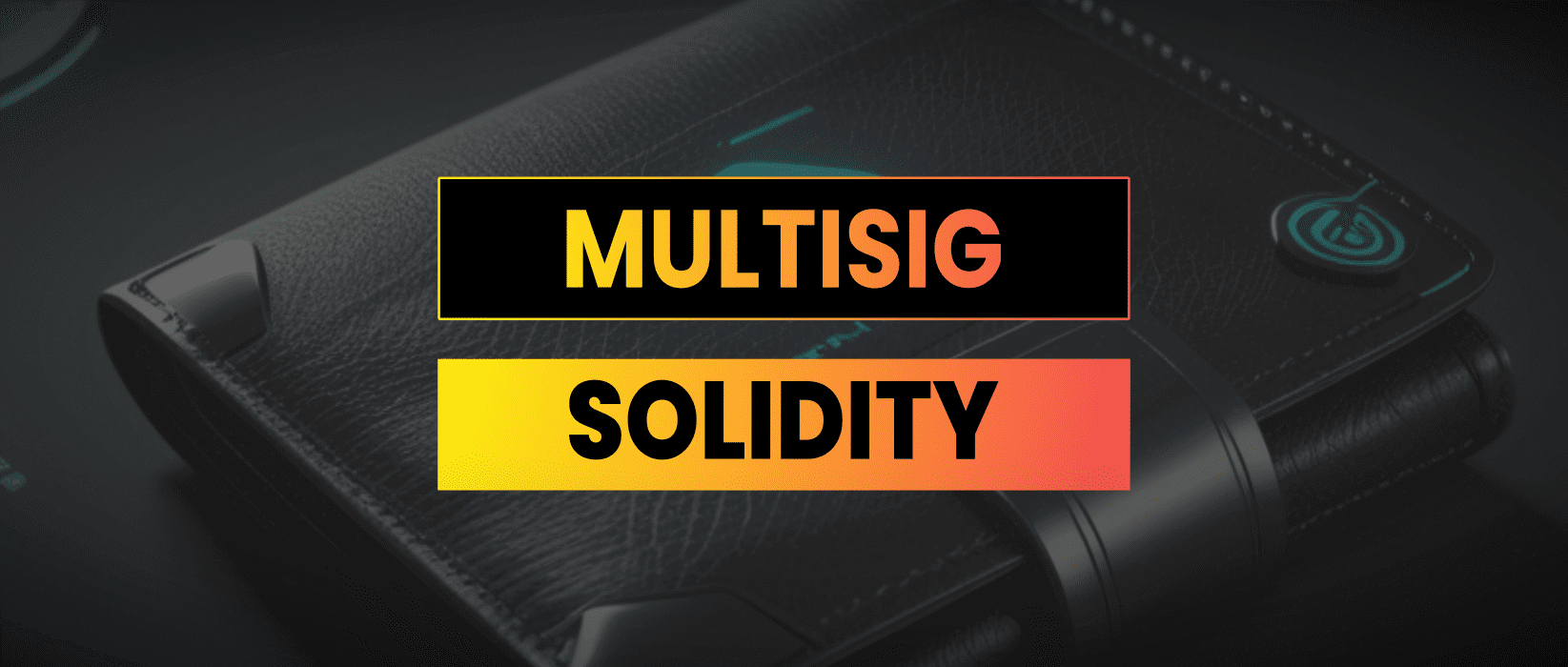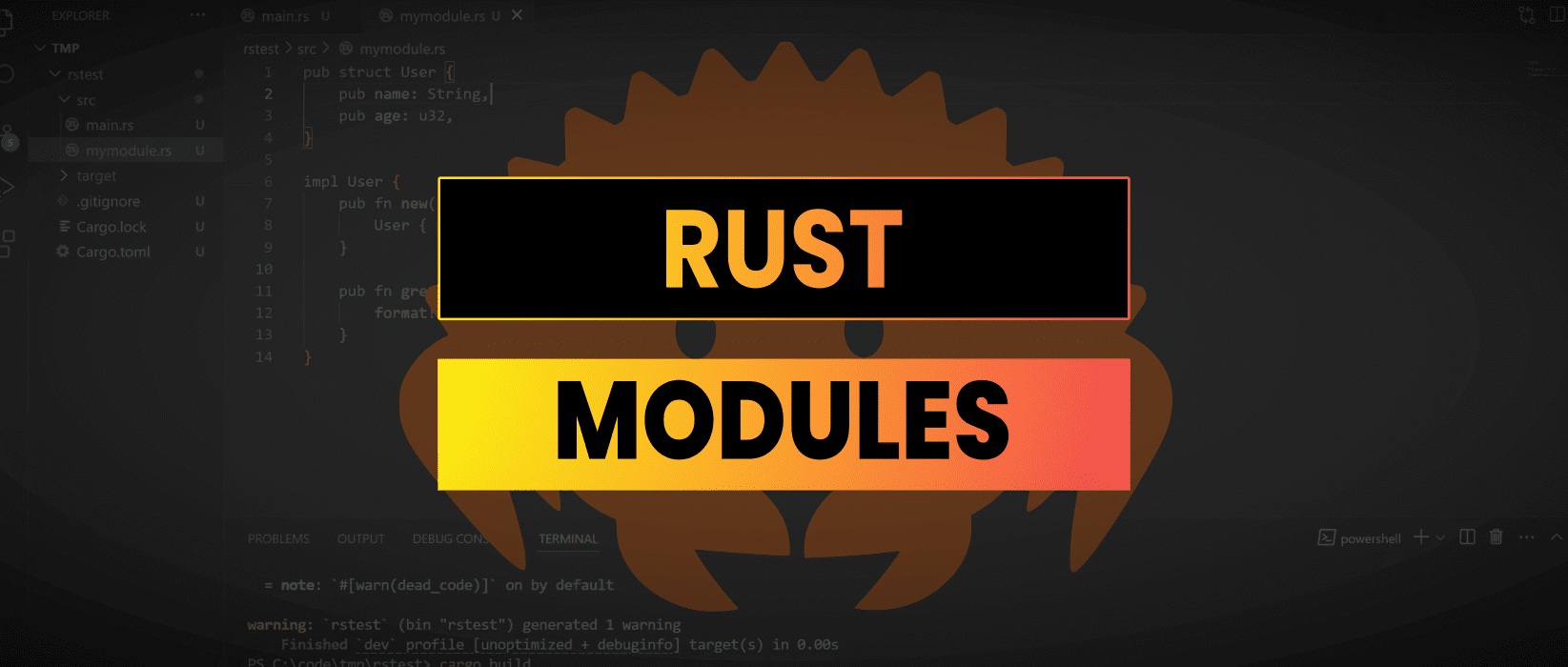-

Crossing The Chasm Summary by Geoffrey Moore
Geoffrey Moore’s Crossing the Chasm presents a seminal roadmap for technology startups seeking to scale beyond early adopters and into mass markets. The central thesis of the book is that there is a dangerous and often underestimated gap, “the chasm“, between early adopters of a new technology and the mainstream market. Startups that fail to
-

Scaffold Stellar | A Boilerplate For Stellar Developers
If a single command could spin up a Stellar contract, connect it to a React front end, hot reload every edit, and hand you push button deployment to Stellar testnet, would you finally ship that web3 idea? Scaffold Stellar from Aha Labs promises exactly that. James On YouTube Watch On YouTube: https://youtu.be/7wKD3d9w5d0 | Subscribe Stellar’s
-

Maths For Developers | 6 Essential Techniques Every Developer Needs
The harsh reality is that most developers are self taught with a surface level understanding of the mathematical foundations that power their code. We learn syntax, frameworks, and design patterns, but we often miss the elegant mathematical principles that make our algorithms efficient and our solutions robust. This gap costs us time, creates bugs, and
-

How I Installed Ollama To Run AI Models Locally
Ever wondered if you could ditch the cloud and run powerful AI models on your own laptop or server? I thought it sounded impossible until I installed Ollama. In just a few hours, I had Llama3.2 up and running locally. I’ll walk you through exactly how I did it, the trade offs I discovered (spoiler:
-

Founders at Work Summary | Stories of Startups Early Days by Jessica Livingston
Jessica Livingston’s Founders at Work offers an intimate, behind the scenes chronicle of the early stages of iconic tech startups through in depth interviews with over 30 influential founders, including Steve Wozniak (Apple), Paul Graham (Viaweb/Y Combinator), Caterina Fake (Flickr), and Max Levchin (PayPal). The core thesis is that successful startups are not born from
-

Creating A Wrapped Stablecoin
In this tutorial I will be creating a SEP41 wrapped stablecoin using a Stellar smart contract. James On YouTube Watch On YouTube: https://youtu.be/jfjKg86GEwY | Subscribe I’ll be using the soropg.com online IDE along with the latest libraries from OpenZeppelin. Note that all code in this tutorial is open source on github here: https://github.com/jamesbachini/Soroban-Stablecoin/ Let’s dive
-

Pre Audit Checklist For DeFi/Web3 Projects
Here’s a Pre Audit & Bug Bounty Checklist for DeFi Protocols and Web3 Projects, adapted from best practices and structured for easy use across projects preparing for third party audits or launching a bug bounty program. Use this checklist to prepare your protocol for a formal audit and/or bug bounty launch. Completing these tasks will
-

How The Next Decade Will Reshape Civilization
Twenty two percent. That was the interest rate on a six month commercial paper the morning my brother tried to refinance his mortgage. He walked out of the bank without a cent and with a look in his eyes I had never seen: the dull astonishment of a man who finally understands the rules have
-

System Trading Bot Design Breakdown
In this post I’m going to breakdown the different parts of a system trading bot that I built to execute trend following and mean reversion strategies. There’s a short video here if you prefer a quick walkthrough: https://youtube.com/shorts/3tWl4ETbqTw Building a robust and profitable system trading bot requires careful planning, solid architecture, and a deep understanding
-

5 Tips For Migrating Solidity Code To Rust Soroban
Here are five tips for developers migrating from Solidity to Soroban. 1. Embrace .env In Solidity, global variables like msg.sender, msg.value, and msg.data provide transaction context. Soroban replaces these with the Env object, a powerful interface to the contract’s execution environment. Env gives you access to contract data, ledger details, authentication, and more, making it
-

The Stellar 2025 Roadmap
The Stellar Development Foundation has released it’s roadmap for 2025 and if you’re a developer or a user in the Stellar ecosystem, here is what you should know. The focus has shifted to scaling what works and making the whole system more usable, accessible, and ready for decentralized finance and web3 adoption. “After a decade
-

Stellar Soroban Alerts With OpenZeppelin Monitor
In this tutorial we will be setting up the OpenZeppelin monitor and creating a custom monitor to get alerts on large USDC transfers and send them to a Telegram chat. James On YouTube Watch On YouTube: https://youtu.be/9ebmeGu1LmE | Subscribe To follow along you’ll need Rust installed. Let’s start by forking and building the repository: The
-

Pine Script v6 For Tradingview: How I Created An Indicator To Find Bitcoin/Microstrategy Divergences
Pine Script v6 has just been released and whether you have never created a TradingView indicator before or you are a Pinemaster, there’s something in here for everyone. James On YouTube Watch On YouTube: https://youtu.be/6XOTQ4OP-dE | Subscribe Let’s start by exploring the upgrade and new features, then we’ll jump into writing some code using the
-

3 Conversation Starter Prompts To Turn ChatGPT In To A Life Coach
Over the last few months I’ve had more deep and meaningful conversations with large language models than I have with friends and family IRL. While that might not be a great thing I’ve found it very valuable and want to share some of the prompts I’ve used to get these conversations started. 1. Design The
-

Creating OpenZeppelin Soroban NFT’s
In this tutorial we will be creating a NFT contract on Stellar Soroban using the libraries from OpenZeppelin James On YouTube Watch On YouTube: https://youtu.be/xA1HfckPqFs | Subscribe To follow along you’ll need a couple of pieces of software:- The full source code for this project is available on Github:https://github.com/jamesbachini/OZ-Stellar-NFT The code is based on the
-

Creating Landing Pages Using Web3 Backends
In this tutorial we will be demonstrating how web3 technology can be used to store data on-chain rather than in a database when building a landing page. James On YouTube Watch On YouTube: https://youtu.be/3iPqLtjL_9k | Subscribe We will be using a simple Soroban smart contract to store a counter which increases each time a transaction
-

Building A Stellar Web Wallet With Blend
In this tutorial I’m going to show you how I built a web based wallet that can create Stellar addresses and deposit any funds to Blend Capital. James On YouTube Watch On YouTube: https://youtu.be/GbAy9f93eyE | Subscribe Blend is an overcollateralized lending protocol that enables lenders to earn yield on their deposits. The source code for
-

Stellar Anchor Platform Tutorial
Anchors serve as bridges between traditional finance and blockchain technology. James On YouTube Watch On YouTube: https://youtu.be/57iZMxAr_1Y | Subscribe They enable users to move money seamlessly between their bank accounts and the Stellar network. Without Anchors, integrating traditional financial systems with blockchain would be significantly more complex. Anchors make decentralized finance more accessible by providing
-

3 Reasons Why Bitcoin Outperforming Everything Else In Crypto?
Over the last year, since the release of the ETF’s Bitcoin has outperformed the rest of the crypto market on a risk adjusted basis. This has led to more maximalism and less attention to DeFi and Web3. There are negative opinions on why alts are failing to compete, whether it’s the Ethereum Foundation’s management or
-

Building a SEP41 Token on Stellar Soroban with OpenZeppelin
OpenZeppelin has just launched the first few contract libraries for the Soroban ecosystem. Let’s take a look and build out a token using their fungible token module. James On YouTube Watch On YouTube: https://youtu.be/2Ak_nHyfrEU | Subscribe Deploying a Fungible Token on Soroban Prerequisites Ensure you have the following installed: You’ll also need some testnet tokens
-

Ethereum Pectra Upgrade Imminent
The upcoming Pectra upgrade, scheduled for March 2025, aims to make ethereum more efficient and lay the ground work for further scaling and development. Pectra is a significant update that merges two planned upgrades, Prague and Electra, into one comprehensive overhaul. This combined effort is designed to streamline improvements and accelerate Ethereum’s evolution. Account Abstraction
-

Vibe Coding
What Is Vibe Coding? An Introduction To Next Gen AI Development Is vibe coding an overhyped trend or a real threat to your job security? Vibe coding is an AI first approach to software development. Instead of meticulously structuring code, debugging line by line, and sweating over syntax, developers now interact with AI models like
-

Ark’s Big Ideas For 2025 Summary
Always a Cathie Wood fan so here’s a condensed version of the research report at:https://www.ark-invest.com/big-ideas-2025 Multiomics, Genomics, and AI-Driven Drug Discovery Robotics and Automation Aerospace and Reusable Rockets Energy and Infrastructure Overarching Themes and Takeaways
-

DeepSeek vs ChatGPT | Is The Future Of AI Open-Source & Chinese?
Let’s start with how these AIs are trained. ChatGPT goes through pre-training, learning from an enormous amount of text scraped from the internet, the model then completes supervised fine-tuning for better instruction following, and then reinforcement learning with human feedback. Basically, it’s learning what we like and don’t like, improving its responses for all kinds
-

10 Worst Web Hacks
The 18th annual “Top 10 Web Hacking Techniques of 2024” highlighted web security research through community nominations and expert panel voting. From 121 initial nominations, 103 qualified entries were evaluated, culminating in the selection of the most innovative web security findings. Confusion Attacks in Apache HTTP Server Researchers found ways to make the Apache web
-

Deploying An NFT Using Stellar Soroban
Today I’m going to show you how I deployed a simple NFT contract to Soroban, Stellar’s smart contract platform. Whether you’re an artist, a developer, or just curious about blockchain, this tutorial will guide you through the process step-by-step. Let’s get started. You’ll need a few things to get started:- James On YouTube Watch On
-

Soroban Token Deployment + React dApp Tutorial (Stellar SDK)
In this tutorial, we’ll walk through the process of deploying a fungible token on the Stellar network using Soroban smart contracts, and then build a decentralized application to interact with it. We’ll cover everything from setting up your development environment to creating a user interface for token transfers. James On YouTube Watch On YouTube: https://youtu.be/oF624m5b384
-

Using ChatGPT To Monitor The Silk Road Bitcoin
In this video I demonstrate how to monitor a Bitcoin address using NodeJS James On YouTube Watch On YouTube: https://youtu.be/rZ5TnPkO86Y | Subscribe Here is a quick script (full code below) that was knocked up using chatGPT to play an mp3 alert file if any Bitcoin moves from the SilkRoad address. I set this up because
-

Crypto Market Thesis 2025
It’s that time of the year again, I have published my thoughts and musings on the blockchain sector in the annual crypto market thesis for 2025. Full document has been published here: https://jamesbachini.com/resources/CryptoMarketThesis2025.pdf Previous years: 2023, 2024 Summary below: 2024 Year in Review Macro Trends Market Outlook for 2025 Sector Insights Emerging Trends to Monitor
-

Soroban Data Locations & State Management
In this tutorial, we’ll explore how data is stored on Stellar’s Soroban smart contract platform, focusing on Soroban’s state management and the types of storage available. Understanding these concepts will allow you to manage data optimally and keep your decentralized applications efficient. James On YouTube Watch On YouTube: https://youtu.be/cw-TPSCqtSU | Subscribe Introduction to Soroban State
-

Best Practices for Storing Large Data in Solidity
Blockchain storage is limited and block space is therefore expensive, especially at times of peak congestion. Solidity developers must employ strategies to optimise data storage whilst maintaining the integrity and accessibility of their smart contracts. One of the most effective approaches is to leverage off-chain storage solutions. Instead of storing large data sets directly on
-

Understanding The Fallback & Receive Functions In Solidity
Among Solidity’s essential features are the fallback and receive functions, which play crucial roles in handling Ether transactions and contract interactions. A thorough understanding of these functions is vital for developers aiming to create robust and secure smart contracts. The Fallback Function In Solidity, the fallback function is a unique, unnamed function that executes under
-

The Hidden Deflation of Digital Assets
The Inevitable Loss Facing Early Cryptocurrency Hodlers Substantial amounts of digital assets are going to be lost forever over the next few decades. The first generation of crypto hodlers will be dying off and many of their holdings will die with them. These losses, often caused by misplaced private keys or forgotten passwords, add an
-

Programmatic Stellar Transfers
In this tutorial we will be setting up scripts to send and monitor transfers on the Stellar network. James On YouTube Watch On YouTube: https://youtu.be/gVC5ijif2-0 | Subscribe I’ll be using Node.js and the Stellar-SDK library. All the code is open source and you can fork the repository here: https://github.com/jamesbachini/Stellar-Cross-Border-Test There are two scripts, send.js and receive.js, created to
-

Optimizing Smart Contracts For Layer 2 Chains
Layer 2 solutions have emerged as a crucial component in addressing scalability issues. Optimising smart contracts for these Layer 2 chains is essential to harness their full potential. This article explores key considerations for developers working with Layer 2 solutions, focusing on cross-chain interoperability, gas fees, and frontend considerations. Cross-Chain Interoperability When optimising smart contracts
-

How Often Should I Rebalance My Portfolio
In this tutorial I modelled the optimal rebalancing frequency for a digital asset portfolio holding: This is a 60/40 crypto portfolio which I’ve discussed before. You can run the code with different assets (anything with a historical price feed). Starting with a $10,000 initial investment, the code allocates the funds accordingly and tracks performance over
-

Creating Custom Solidity Libraries For Reusable Code
Solidity libraries enable blockchain developers to create modular reusable code. This shared usage avoids duplicating code, saves gas during deployment and promotes consistency within a code base. Let’s create a basic library that demonstrates how this works: This code defines a simple smart contract that utilises a library for basic arithmetic operations. The MyMath library
-

Building Smart Contract Event Filtering Systems for DApps
How events work in web3 Events in Web3 act as logs of significant occurrences within a smart contract. When a specific function is executed, the smart contract can “emit” an event, signalling to external systems that something has happened. These emitted events are stored on the blockchain, but they do not modify the contract’s state.
-

Automating Web3 Interactions In Rust | Minting Ethereum NFT’s With Ethers-rs
In this tutorial we are going to be deploying a simple NFT contract to Ethereum and then minting new NFT’s using a bot built with Rust and ethers-rs Let’s start by heading to Remix and deploying this contract to Ethereum’s Sepolia testnet. It has already been deployed here if you want to skip this step:
-

Building A Cross Chain Token Bridge With LayerZero v2
This tutorial will guide you through the process of building a token bridge using LayerZero v2, specifically employing the OFTAdapter on mainnet and the OFT.sol contract on all other chains. We’ll cover the setup and deployment workflow, ensuring you have a comprehensive understanding of the process. Before we delve into the deployment process, it’s crucial
-

Practical Applications Of Merkle Trees
Merkle trees are a useful tool for blockchain developers offering a myriad of benefits, chief among them being the efficient verification of large data sets and proof of inclusion. By leveraging Merkle trees developers can significantly optimise gas costs and enhance the overall performance of their decentralised applications. In this article we will look at
-

How To Connect An Arduino To A Soroban Smart Contract
This tutorial will guide you through the process of connecting an Arduino to a Soroban smart contract on the Stellar blockchain. We’ll create a system where blockchain events can trigger physical actions through an Arduino. James On YouTube Watch On YouTube: https://youtu.be/C4a9O7AFAVc | Subscribe All the code for this project is open source at: https://github.com/jamesbachini/Arduino-Soroban-Controller
-

Implementing RBAC Patterns in Solidity
We can implement role based access control or RBAC patterns in Solidity using OpenZeppelin’s AccessControl.sol library. This allows developers to manage different roles and assign permissions dynamically. Here’s a step by step guide based on the information provided. Understanding Roles in Access Control The essence of RBAC in Solidity involves defining roles, where each role
-

The Future Of Prompt Engineering | Best Practices For LLM Models
This article will explore how prompt engineering for LLM models like ChatGPT is evolving and how you can stay ahead of the game. Prompt Design Principles As large language models (LLMs) continue to evolve, the art of prompt engineering has become increasingly crucial. At its core, effective prompt design hinges on clarity, specificity, and context
-

Tokenomics 101 Designing Effective Token Models
Tokenomics Fundamentals Tokenomics refers to the economic model and framework that governs the use, distribution, and value of tokens. At its core, tokenomics is the study of the supply and demand of tokens, how they incentivise users and developers, and the role they play in driving network effects. Unlike traditional currencies, tokens are highly versatile
-

Why Inflows Into Spot Bitcoin ETFs Don’t Push Prices Up
The Bitcoin Spot ETFs are a gateway for institutional inflows into Bitcoin, potentially driving up prices. However, on the 29th and 30th October over $1.763 Billion USD flowed into the Bitcoin ETFs*. During this period the BTC/USD price barely moved. Here’s a closer look at why spot Bitcoin ETF inflows don’t always translate into an
-

Marketing Psychology in Web3
This article delves into the key aspects of marketing psychology that are unique or particularly relevant to the Web3 ecosystem, exploring how trust, community engagement, scarcity, fear of missing out, attention economy, and behavioural economics intersect with this innovative space. Trust and Credibility The blockchain sector has been plagued by numerous fraud & scams, making
-

Meridian 2024 Takeaways
Key Innovations and Infrastructure Developments from Meridian 2024 The recent Stellar Meridian conference and its preceding hackathon showcased significant developments in the Stellar Network’s ecosystem, highlighting how the platform is revolutionizing blockchain infrastructure and smart contract capabilities. From innovative on/off-ramp solutions to ground breaking smart wallets, Stellar is positioning itself as a formidable player in
-

Creating MultiSig Wallets with Solidity
MultiSig wallets have become increasingly popular due to their enhanced security features. In this article, we will delve into the key components of a MultiSig wallet, how to write a MultiSig wallet contract using Solidity, deploying the wallet, and handling deposits and withdrawals. Note that the code provided here is for educational purposes only. If
-

Simple Example Of Rust Struct & Importing Modules
One powerful feature in Rust is how it organizes code into modules and allows the reuse of code with structs and methods. In this tutorial, we’ll walk through a simple example to illustrate how to define and use a struct in Rust and how to import modules for organization. Step 1: Define the Module and

